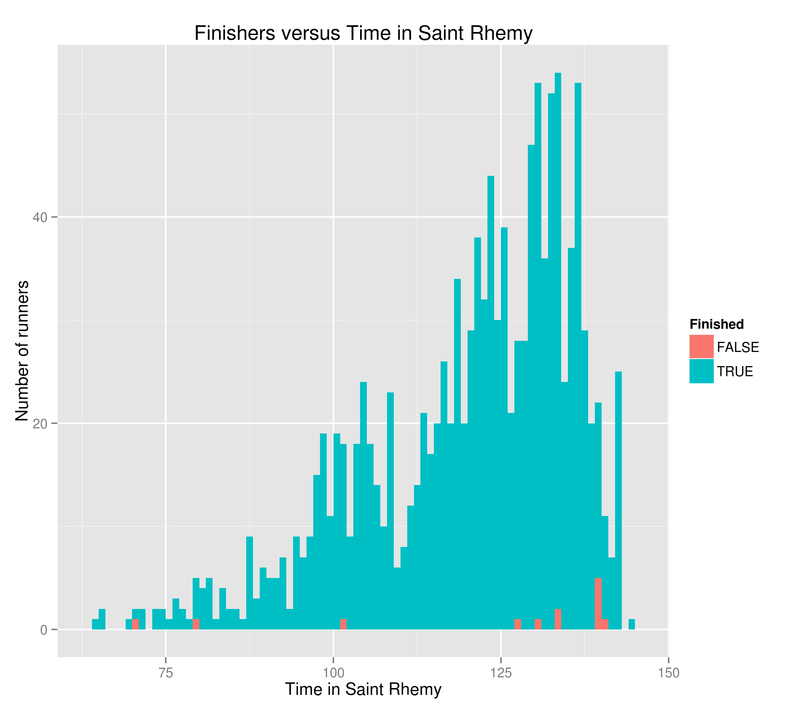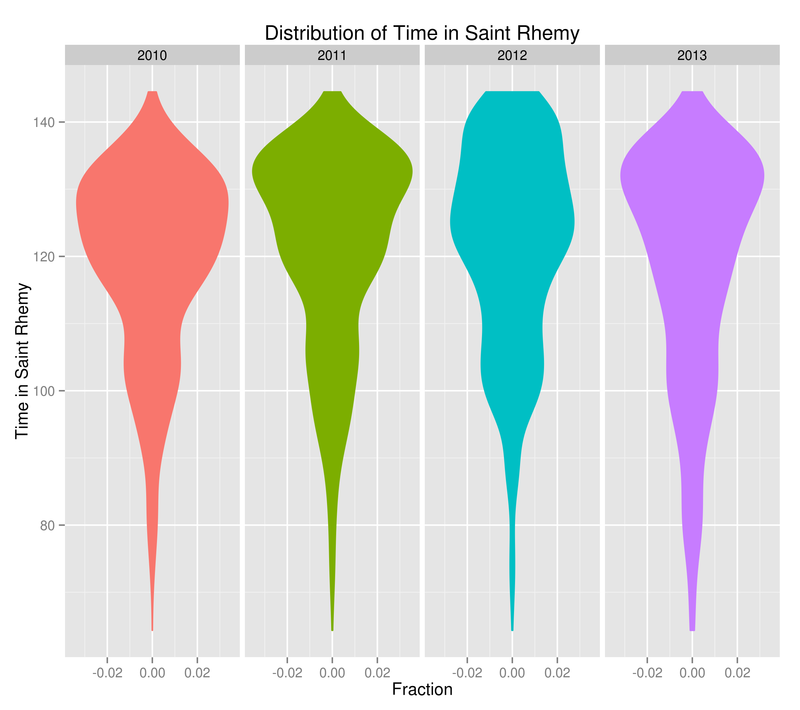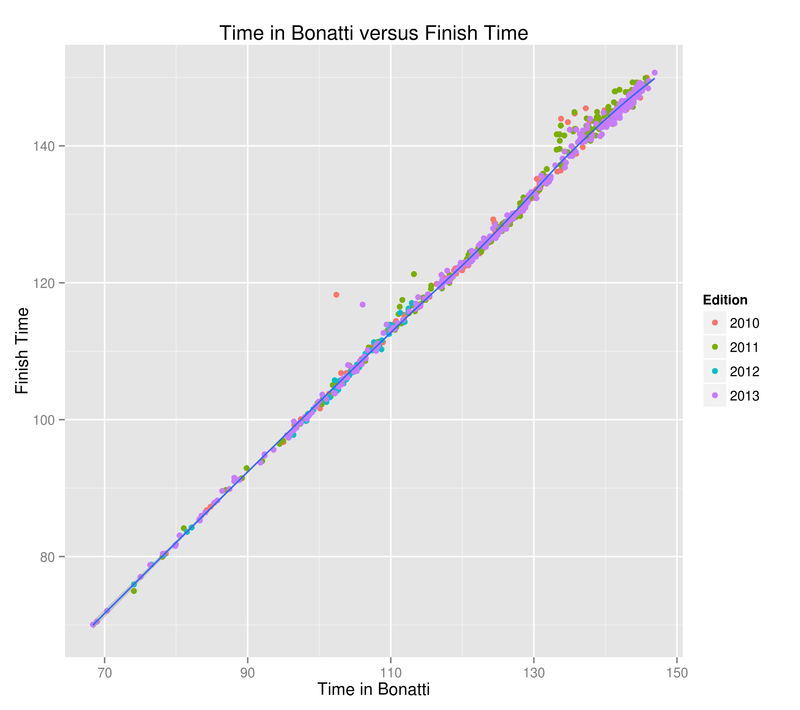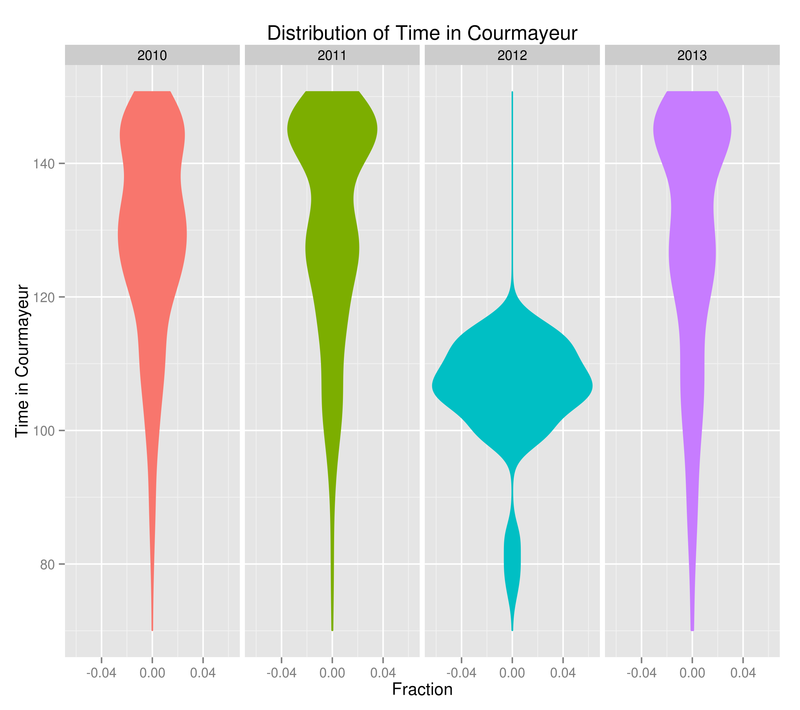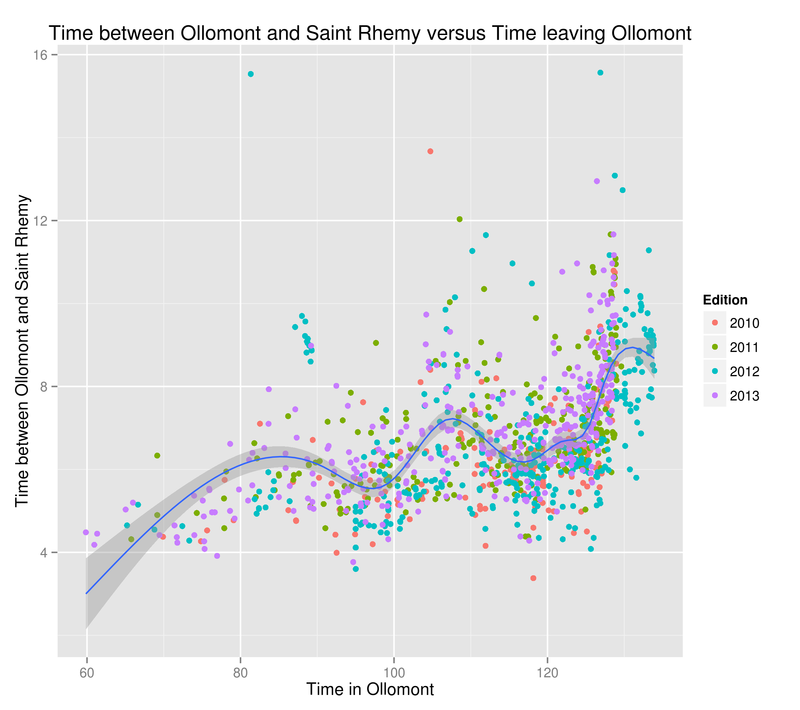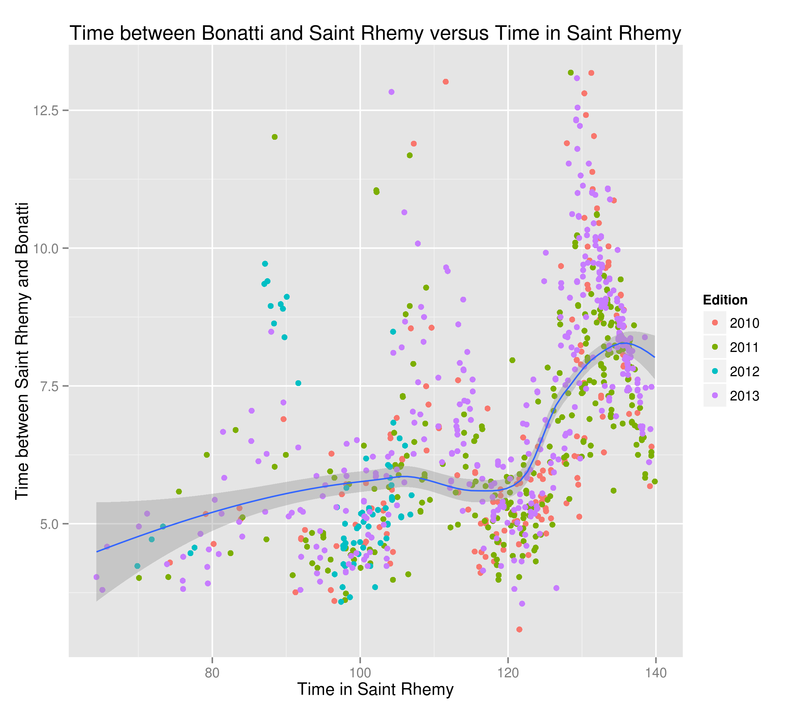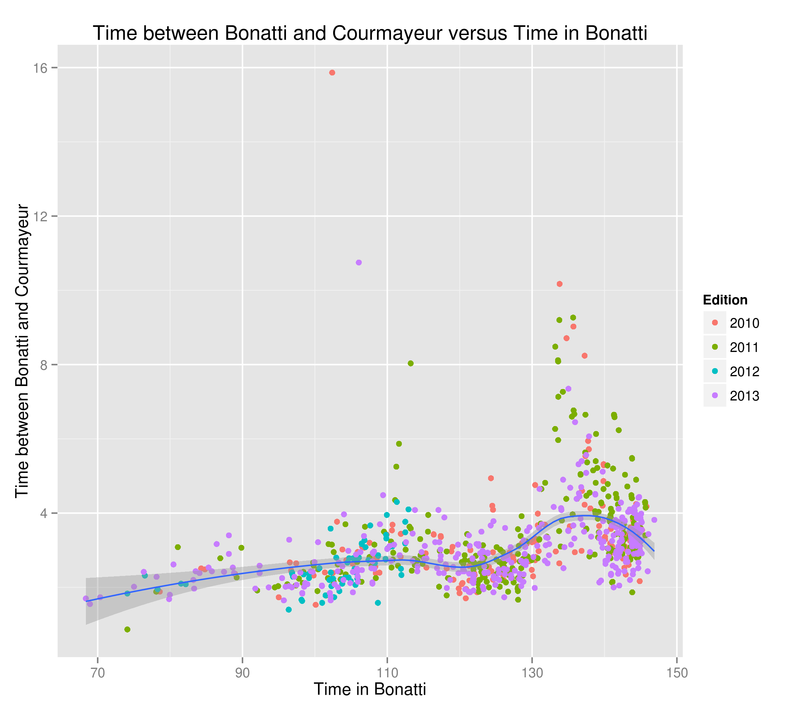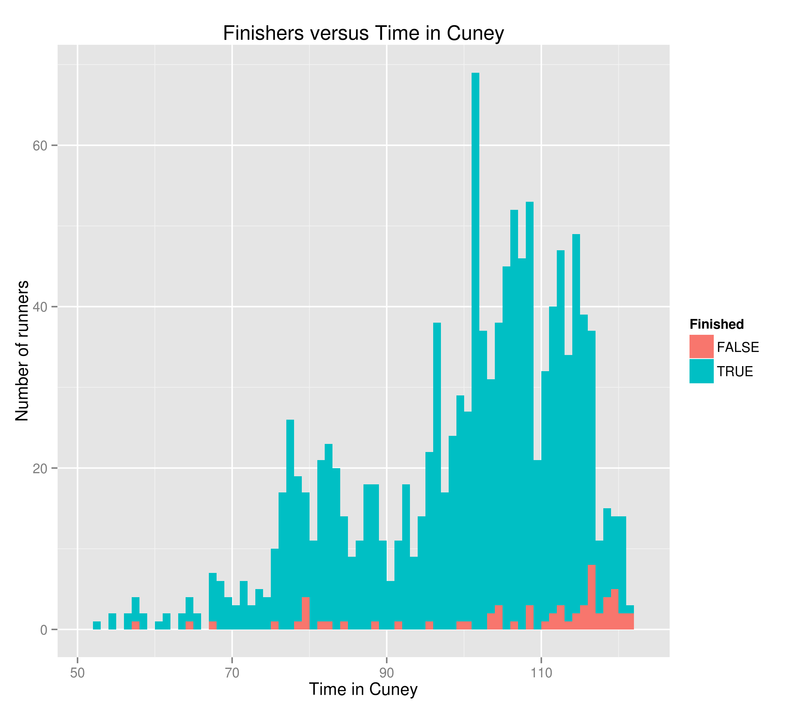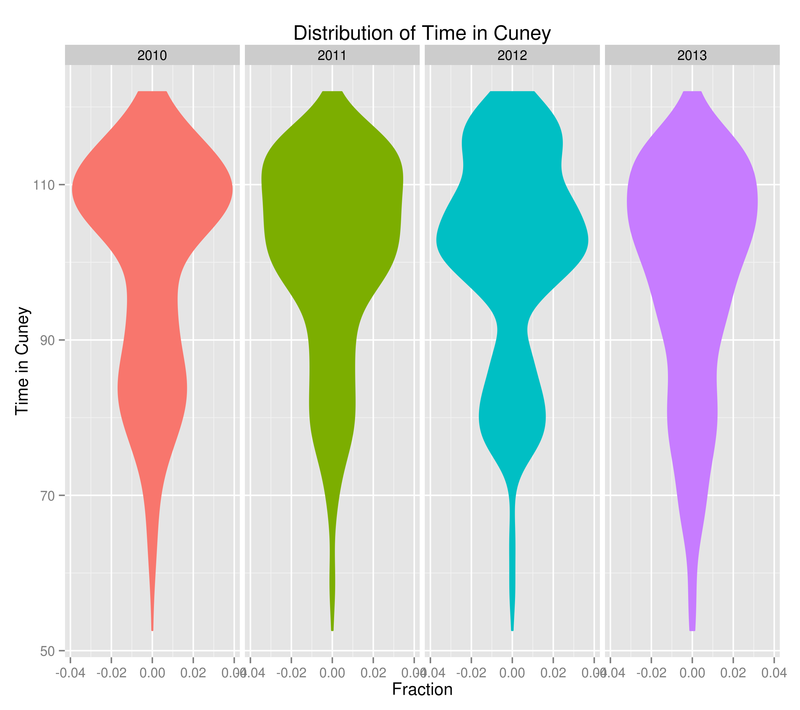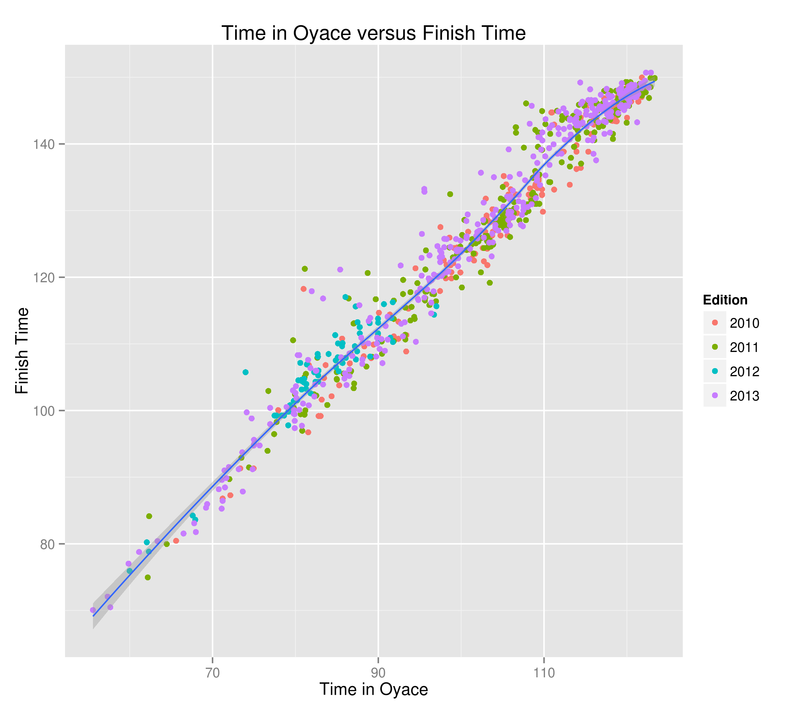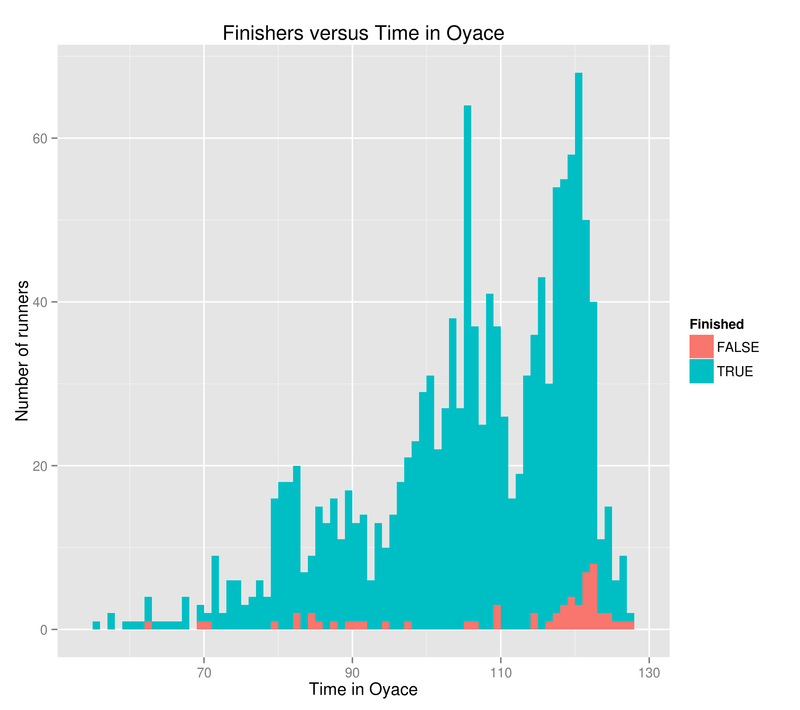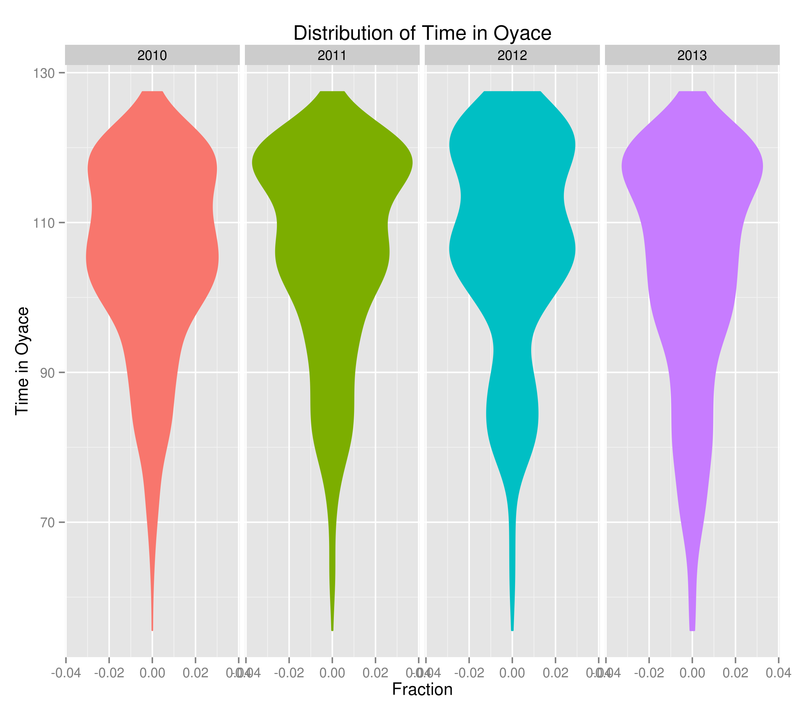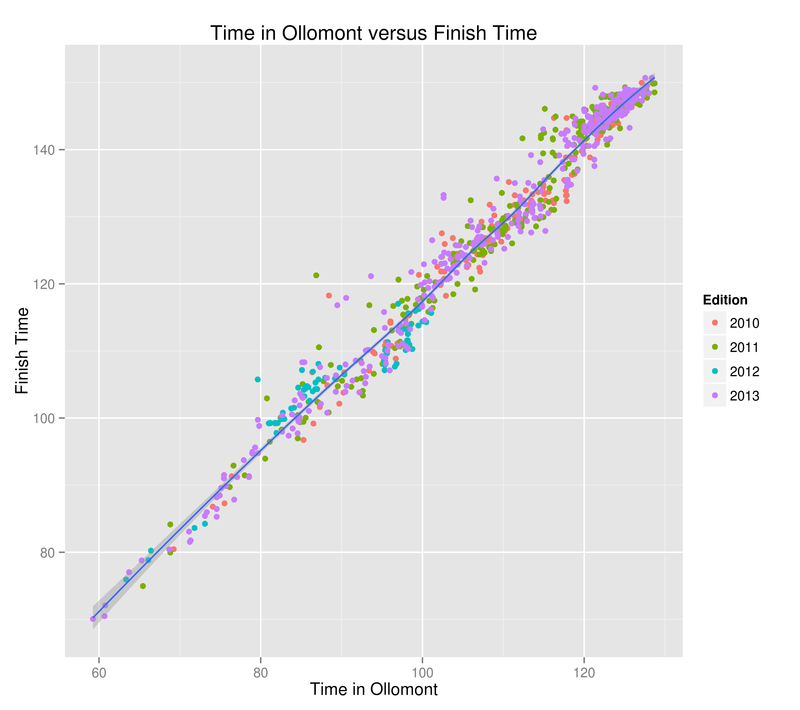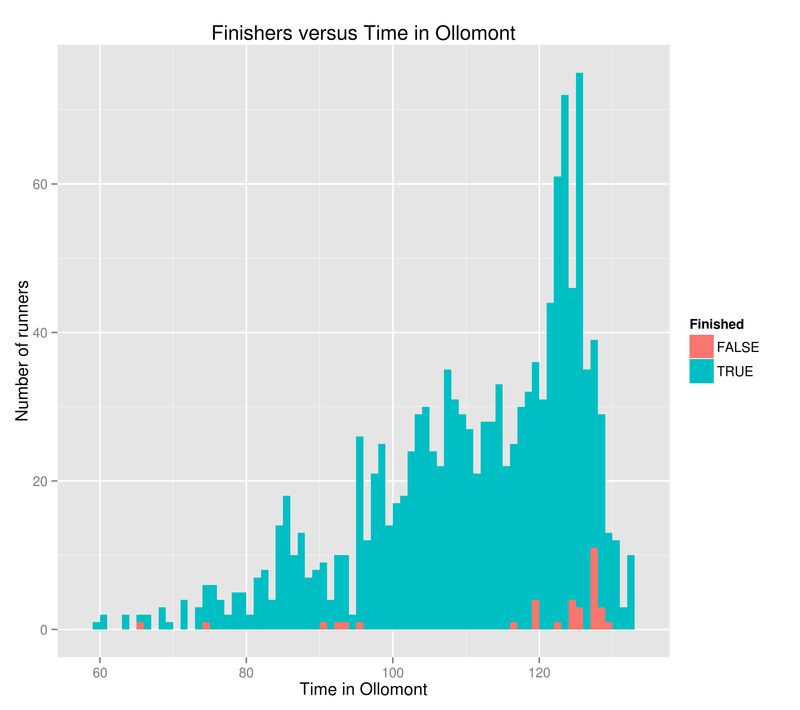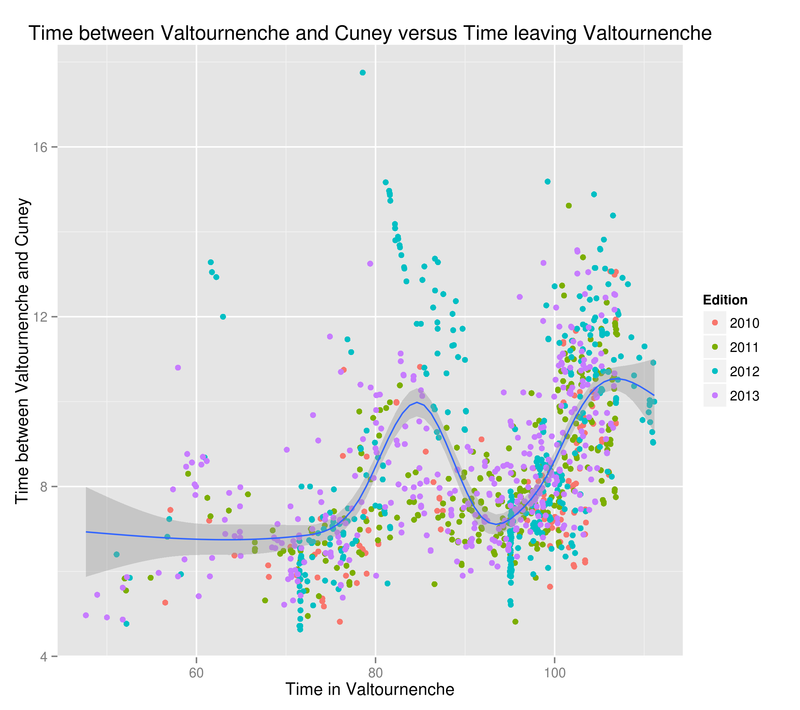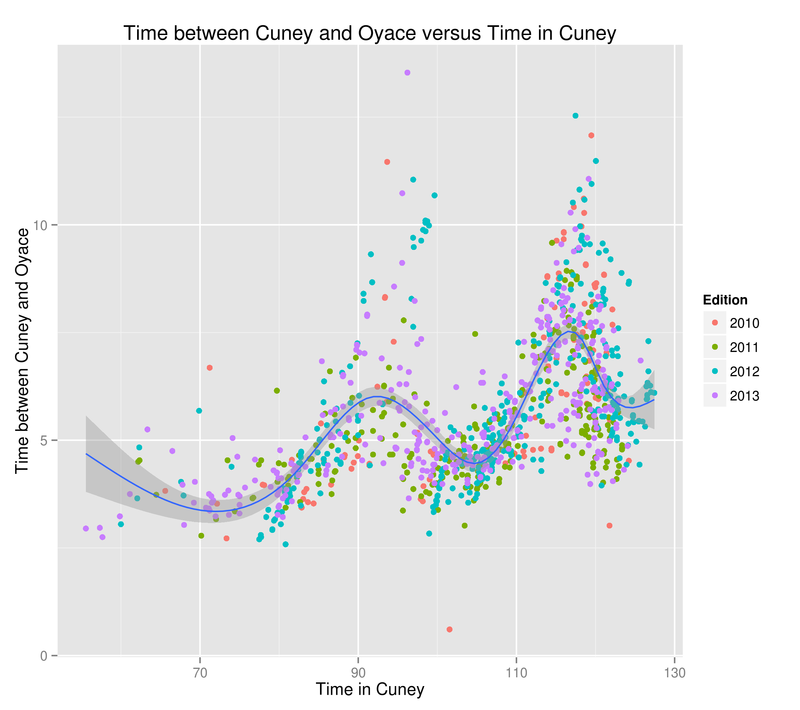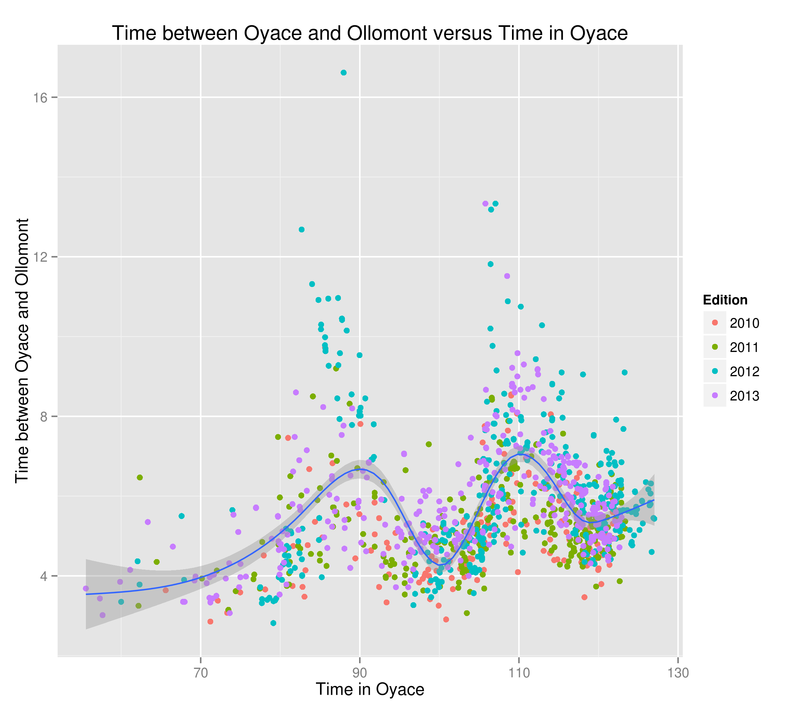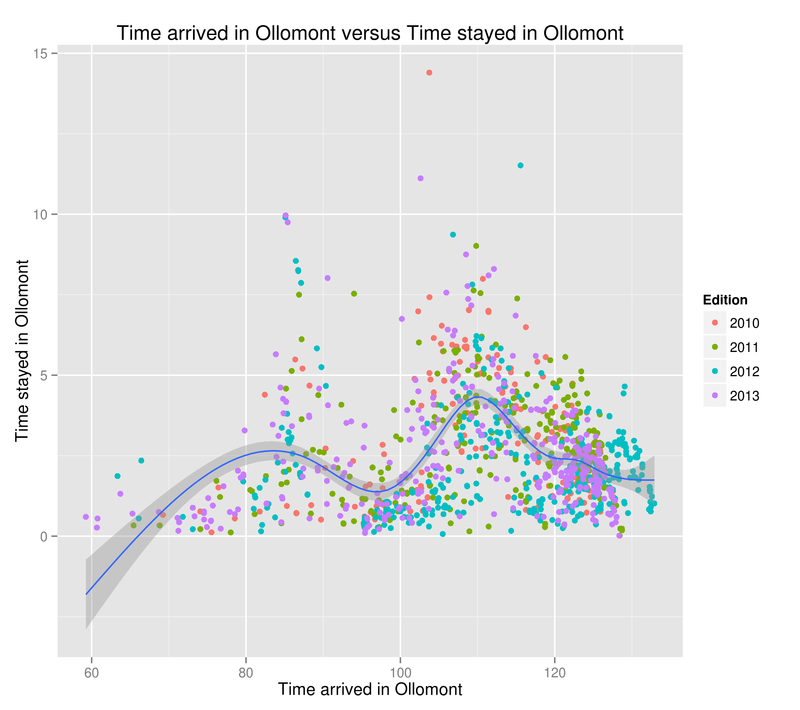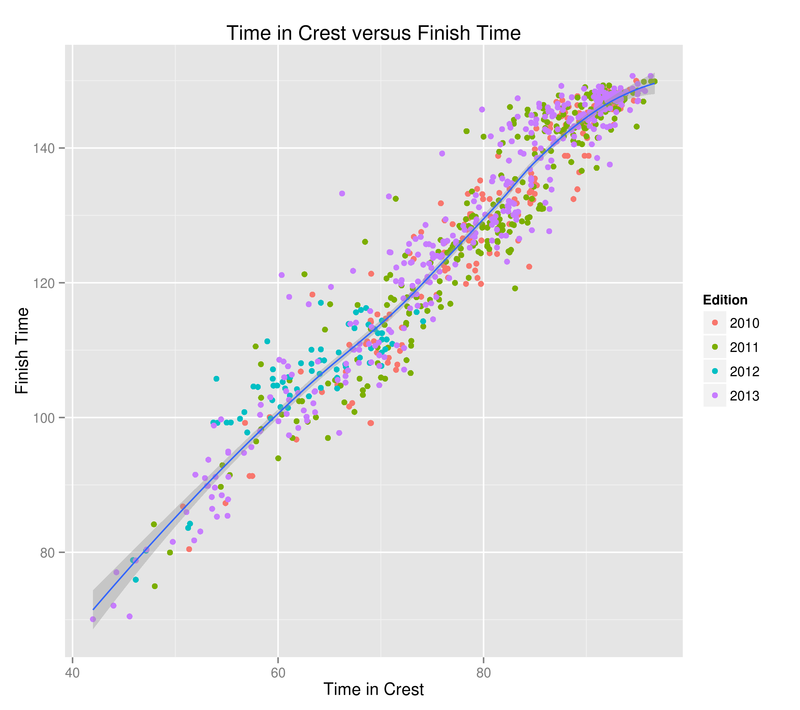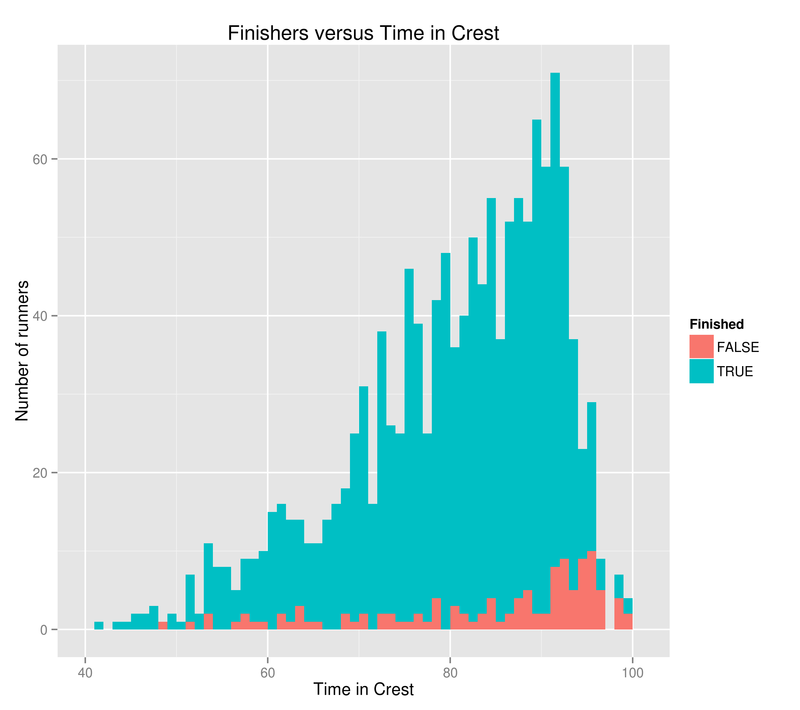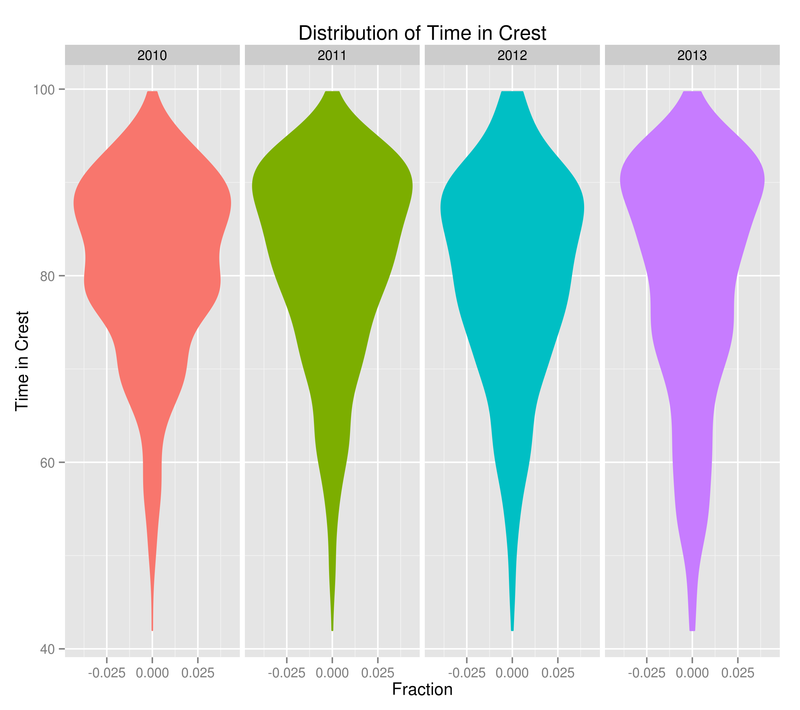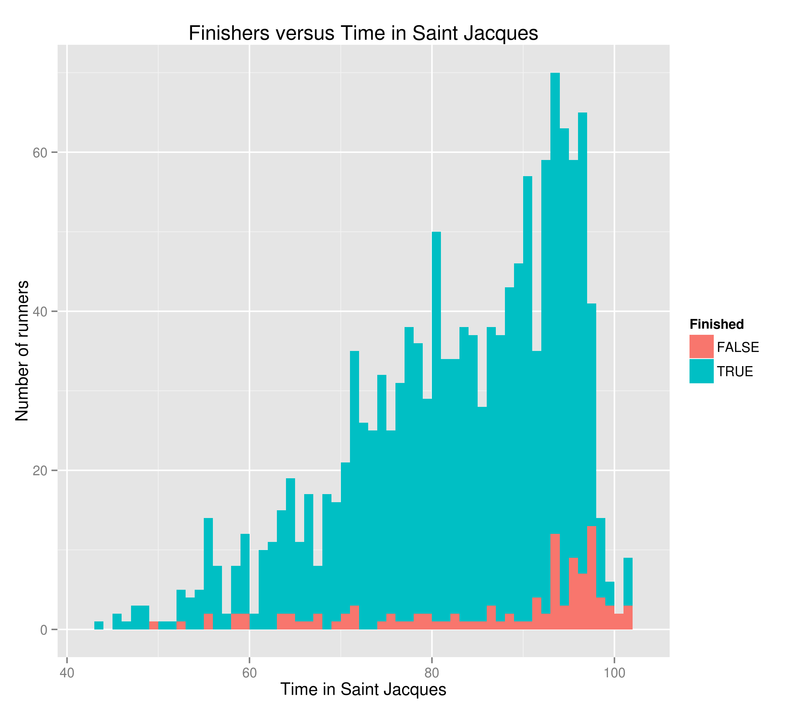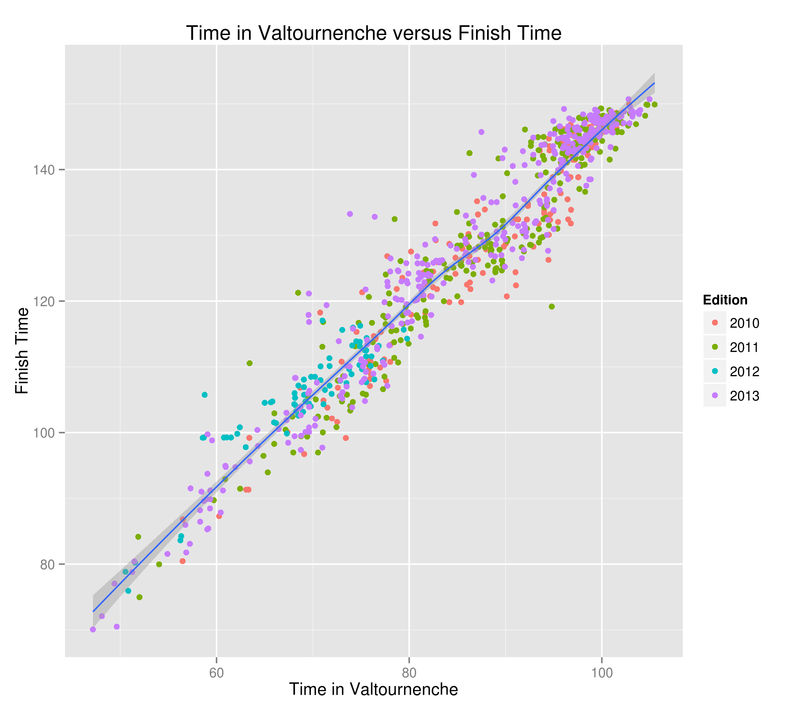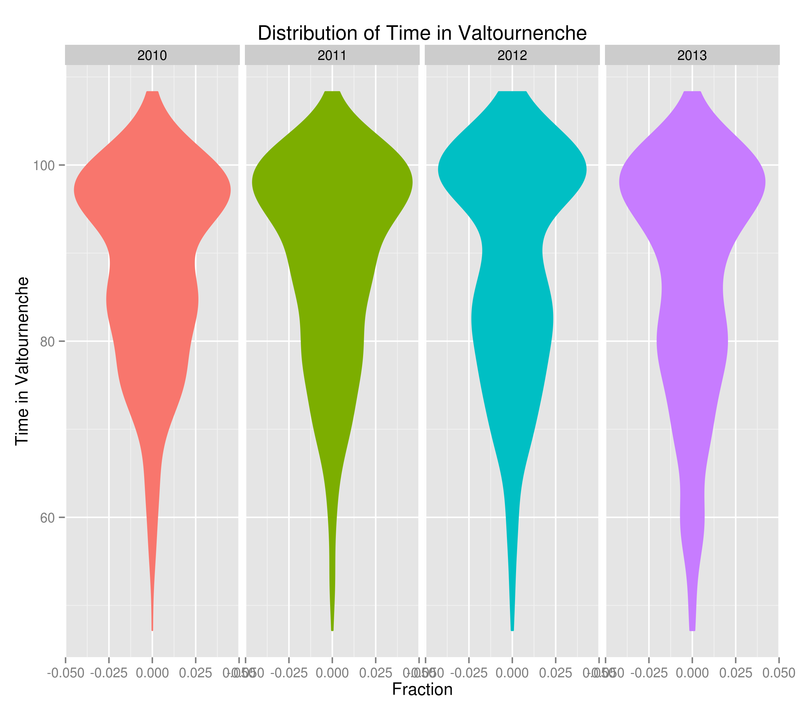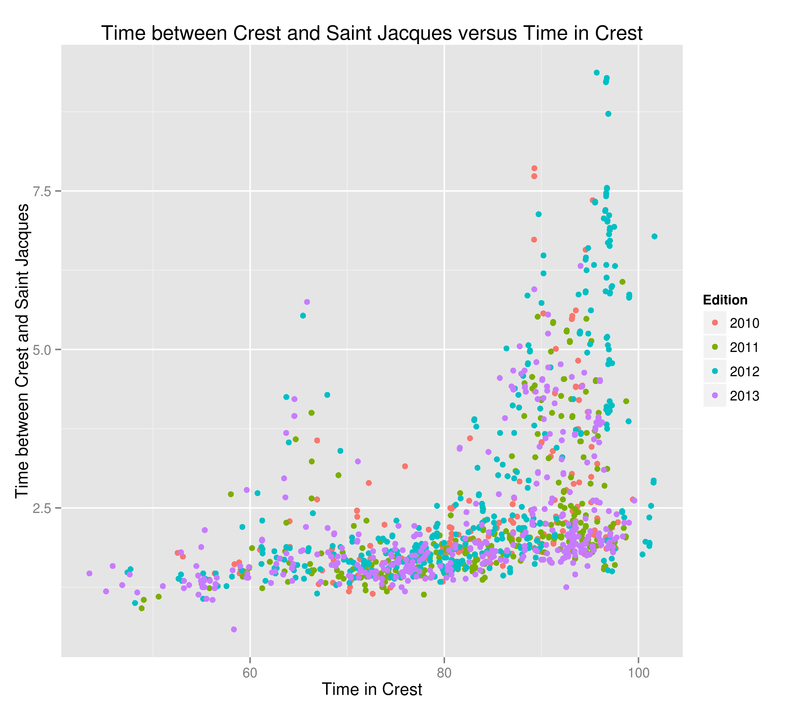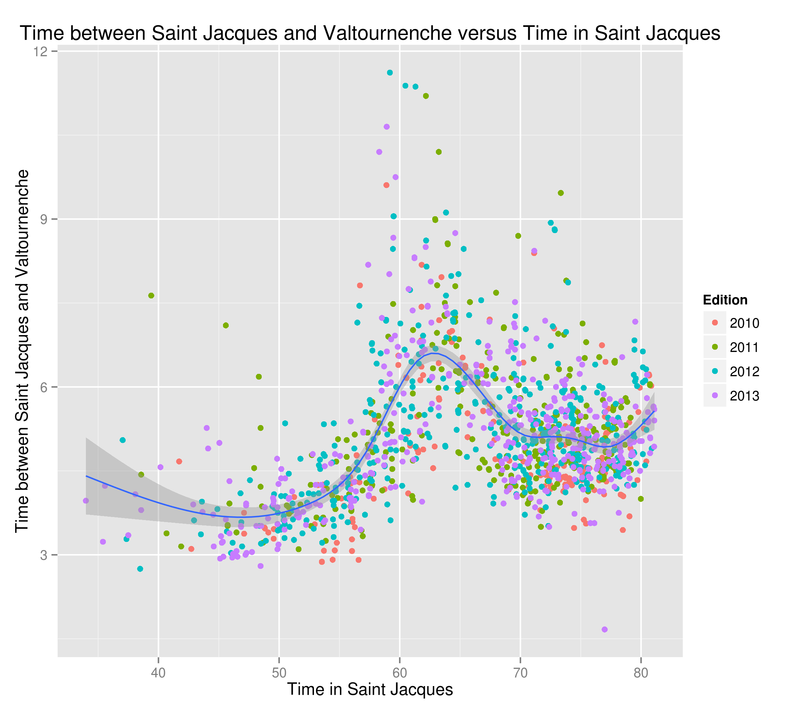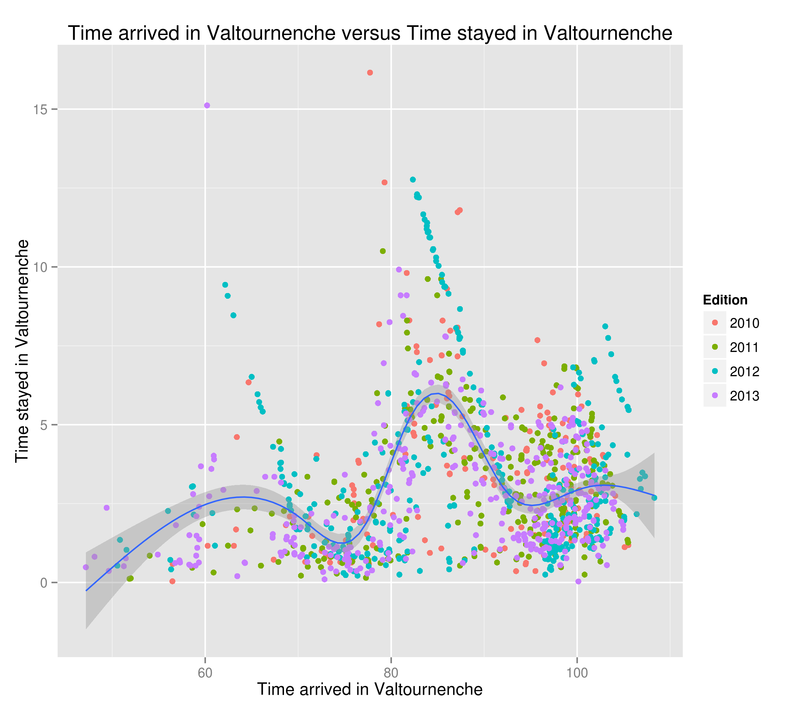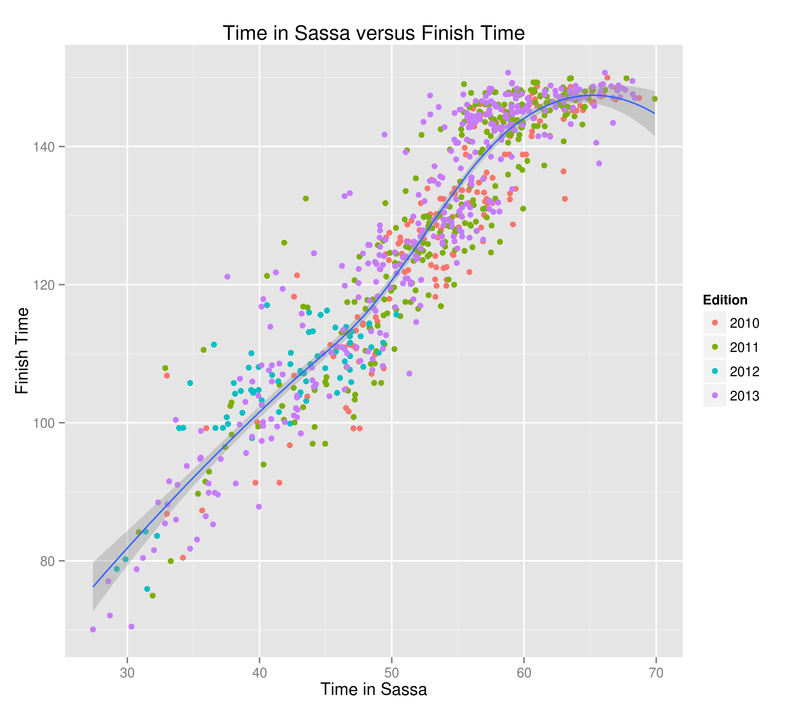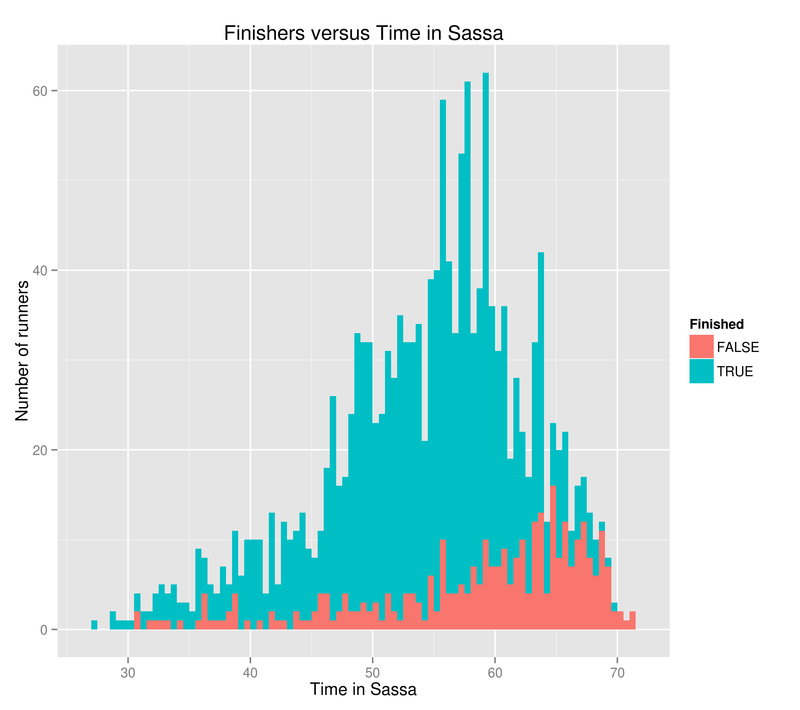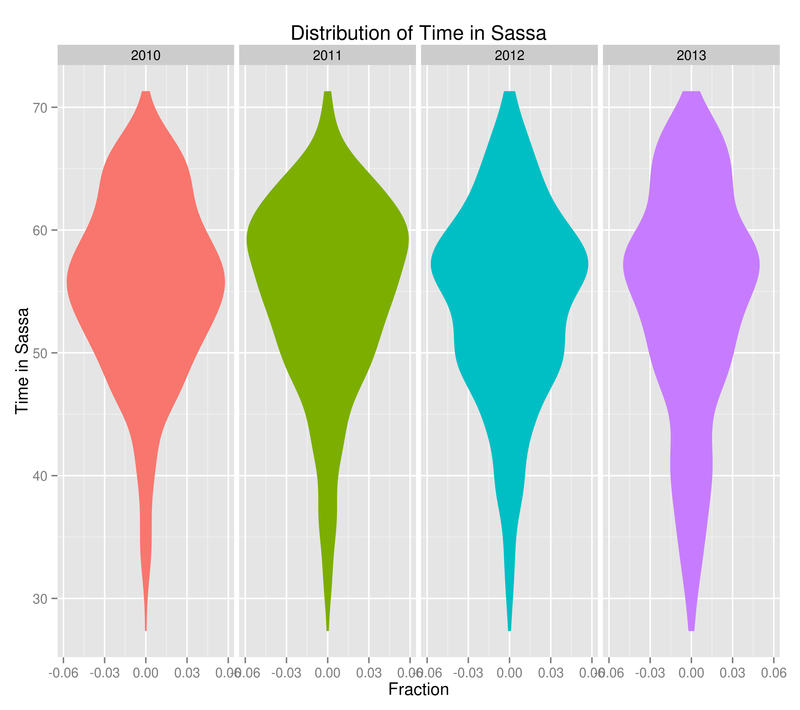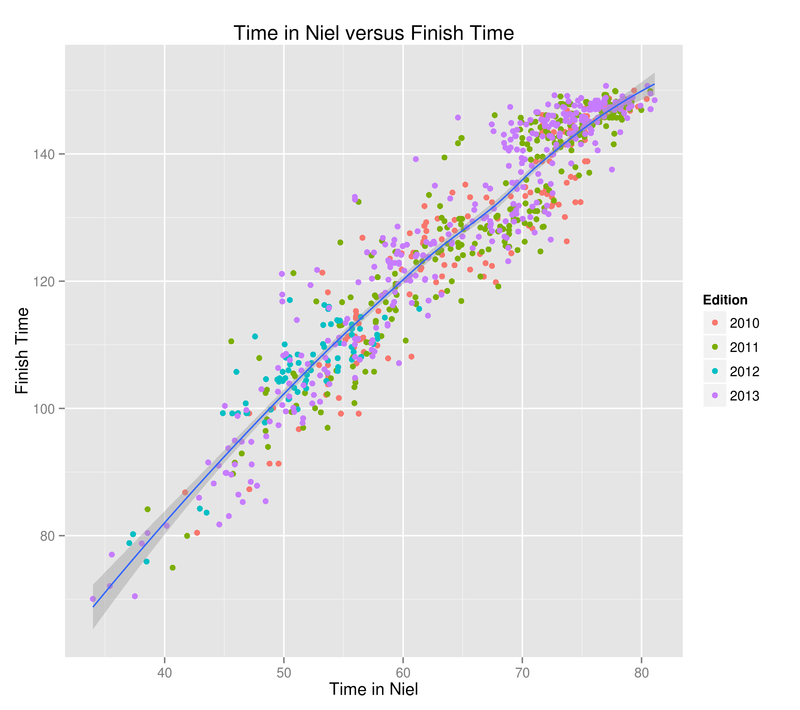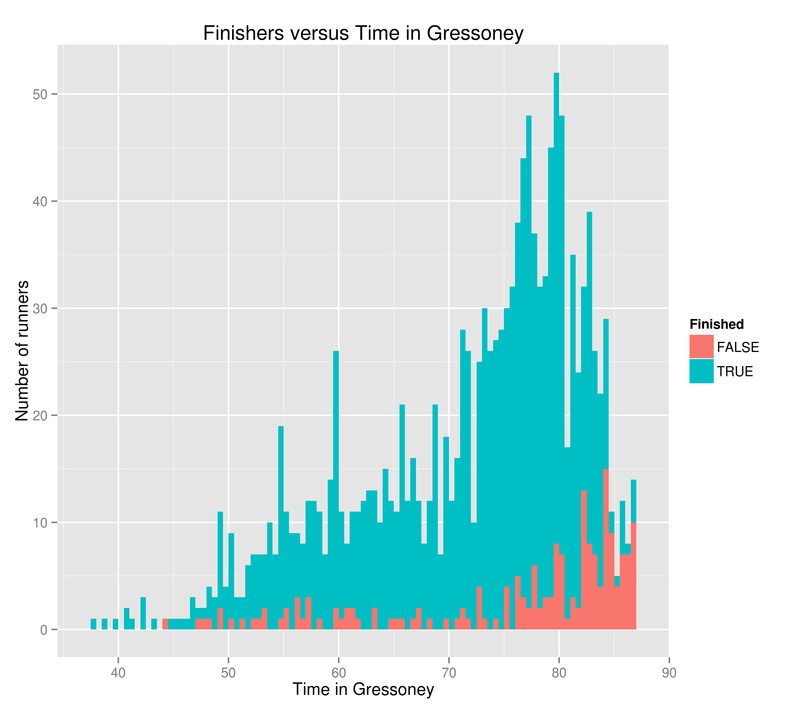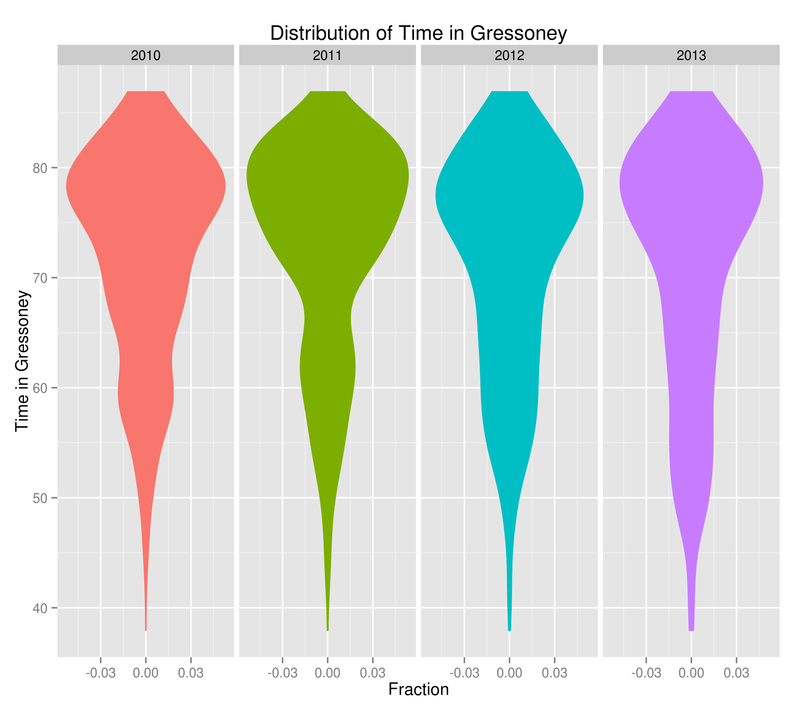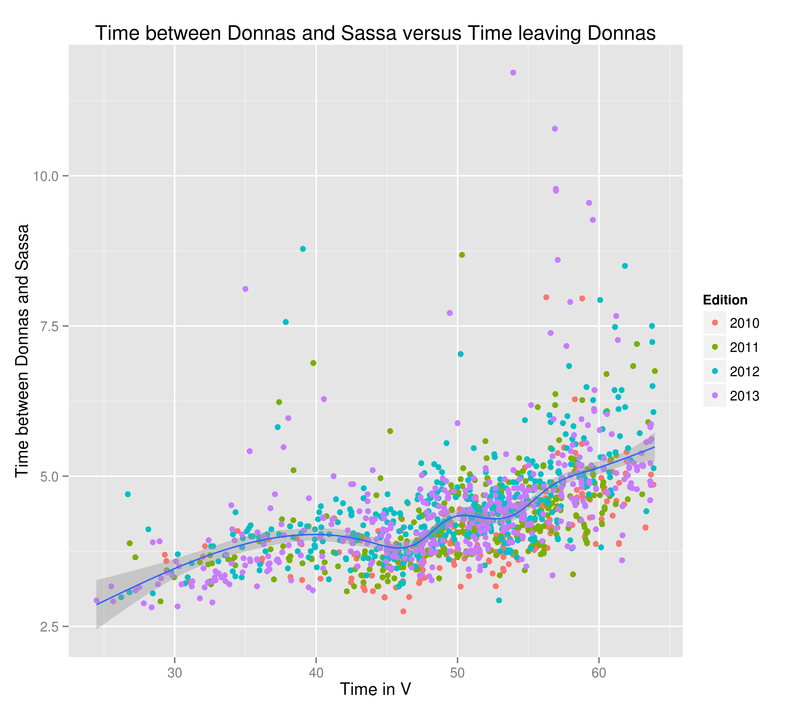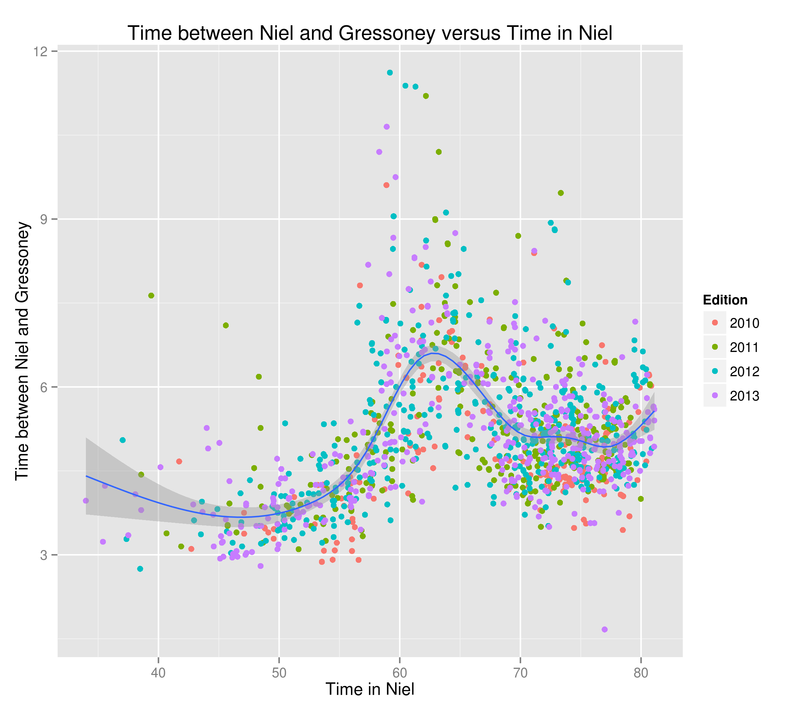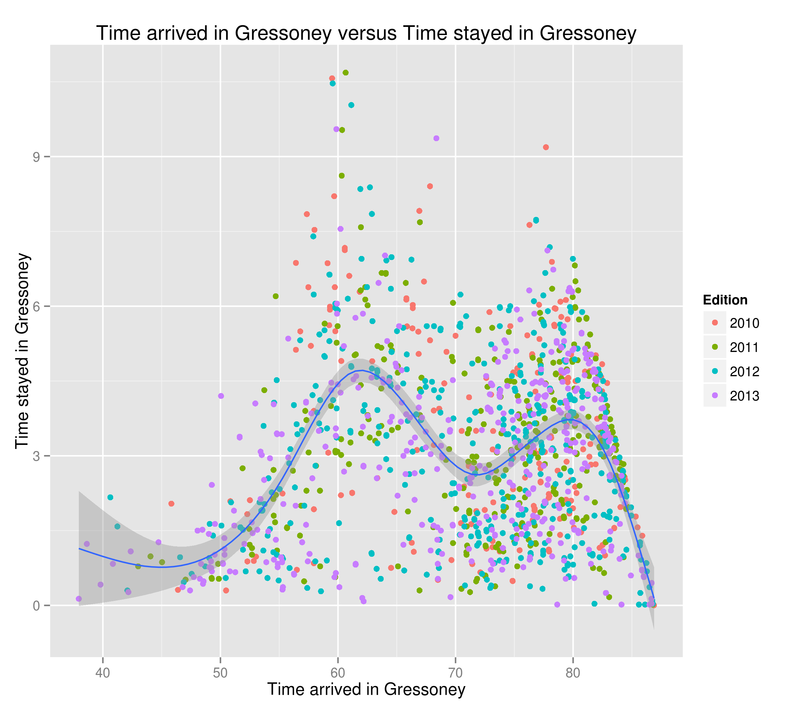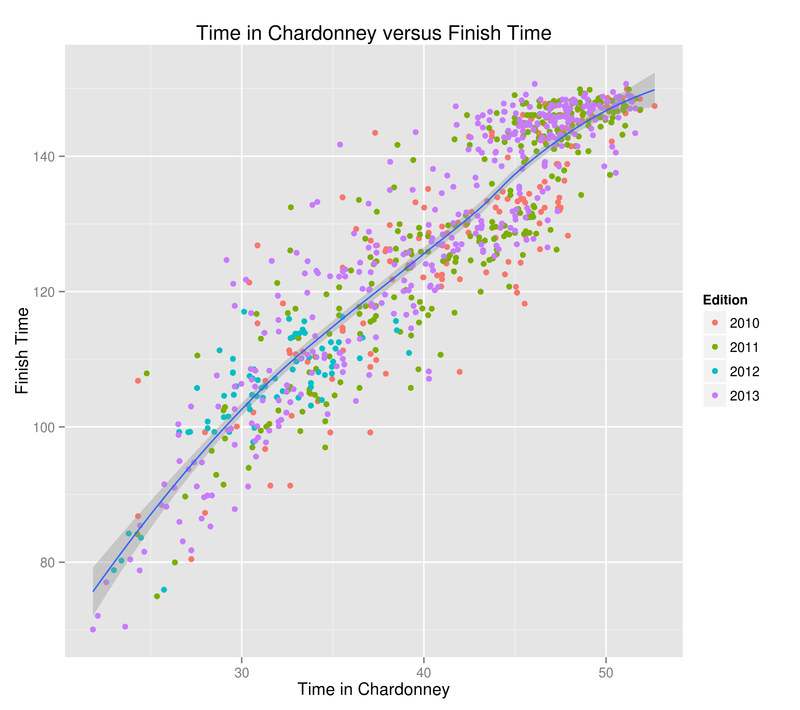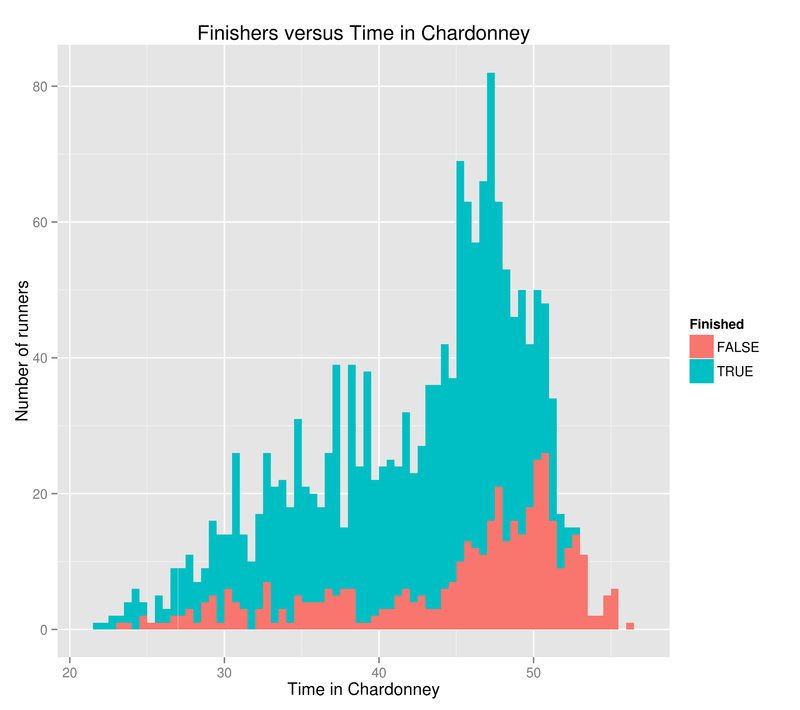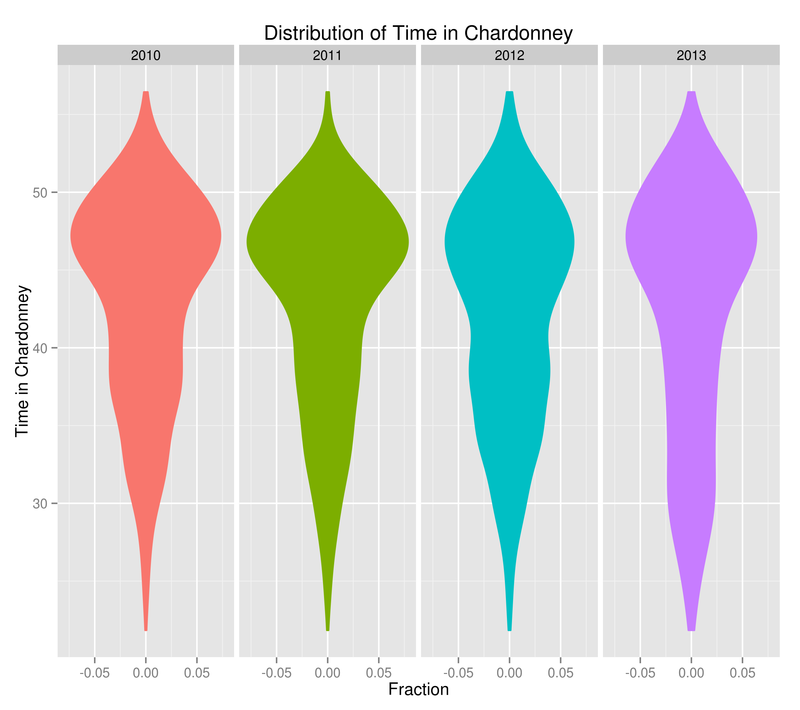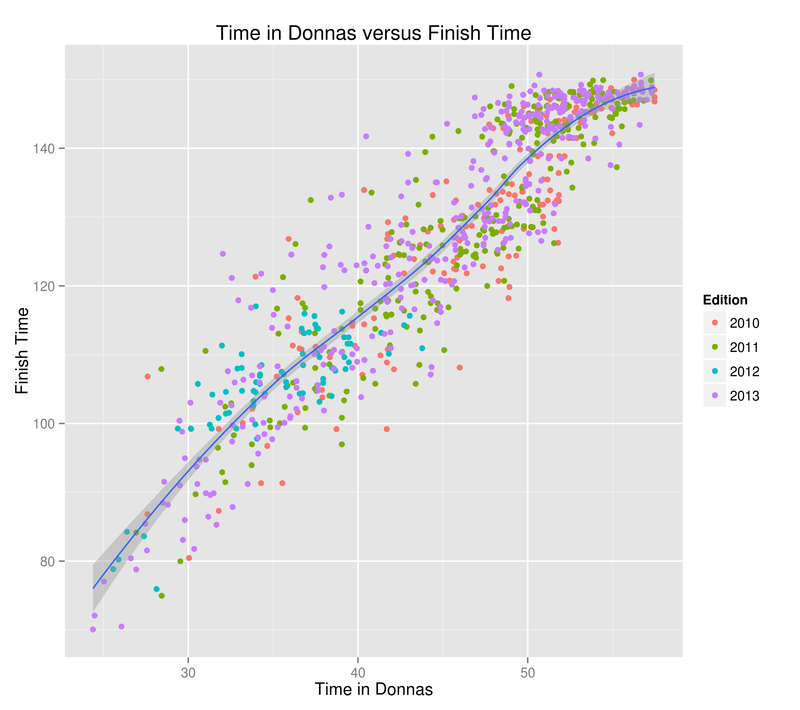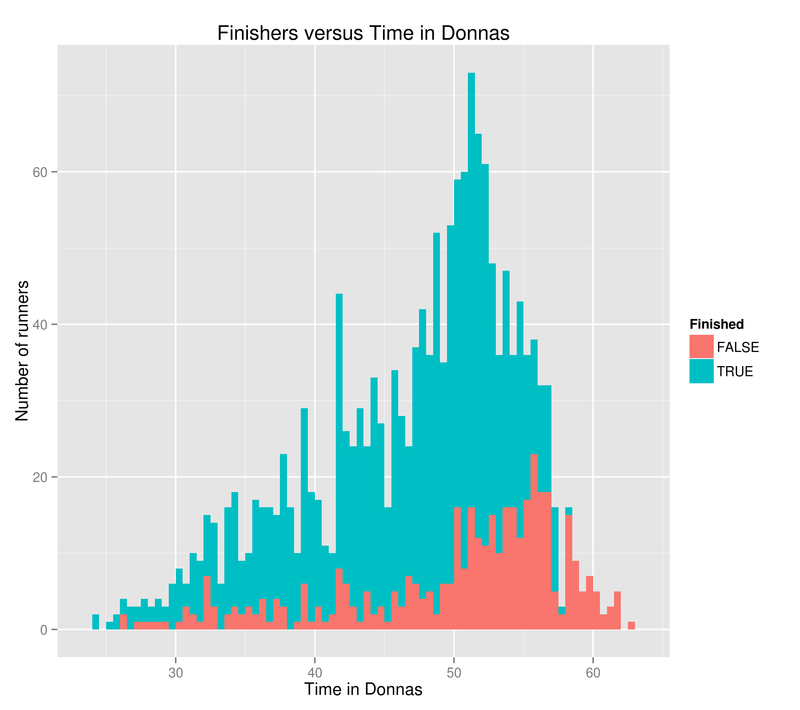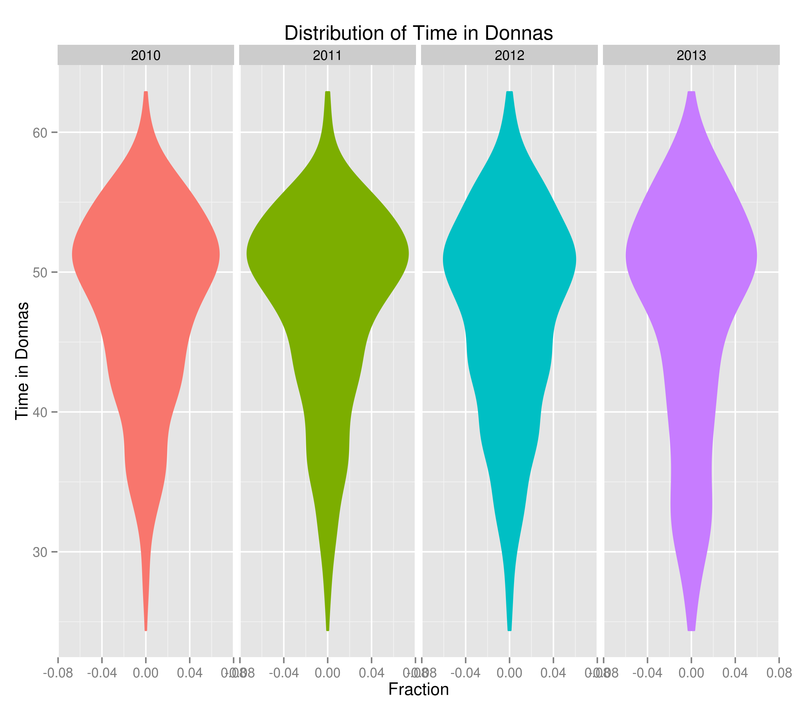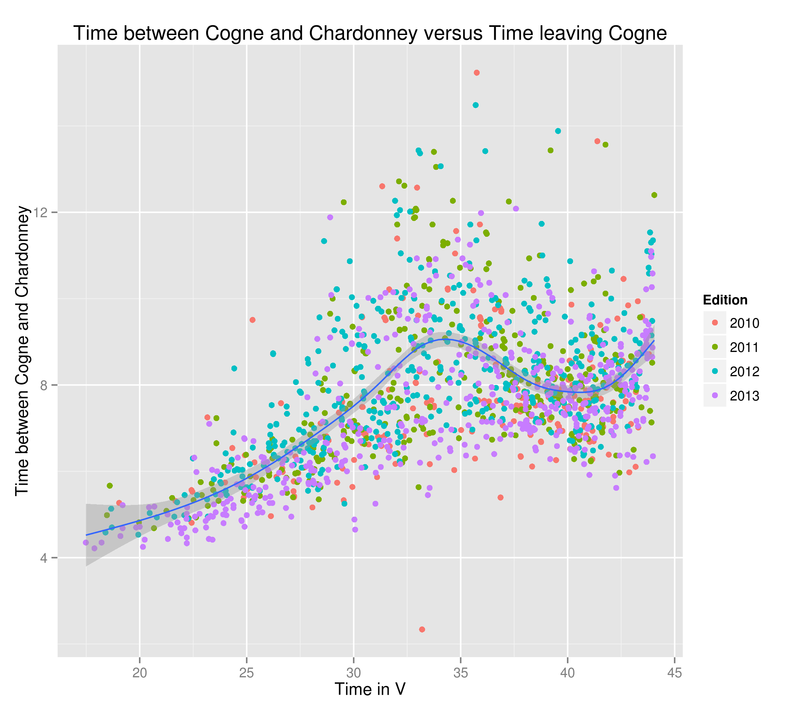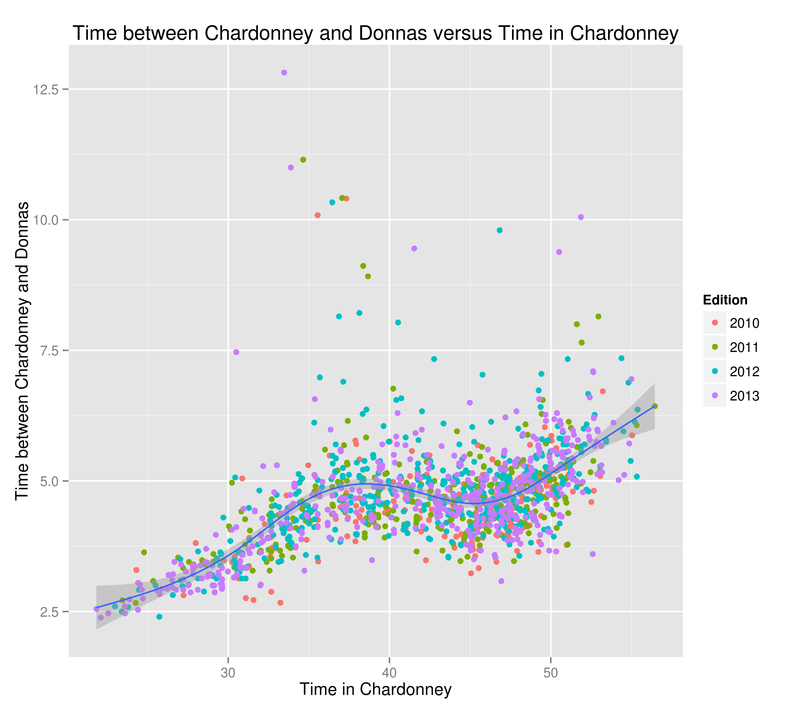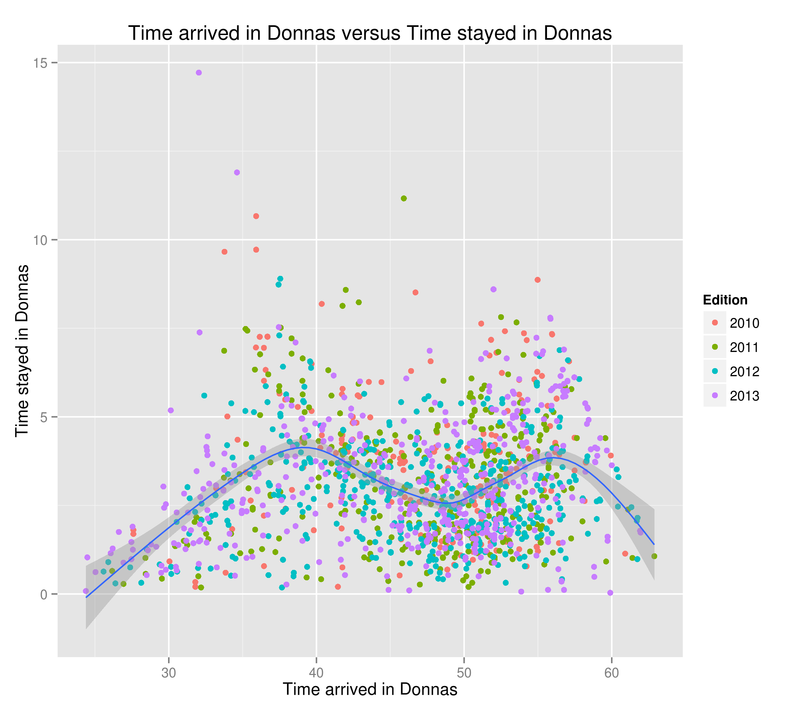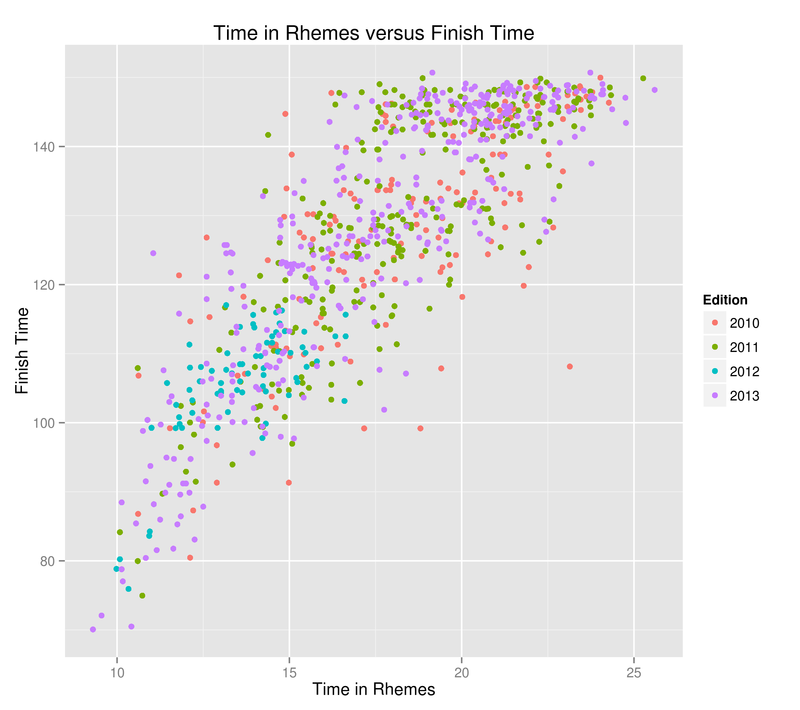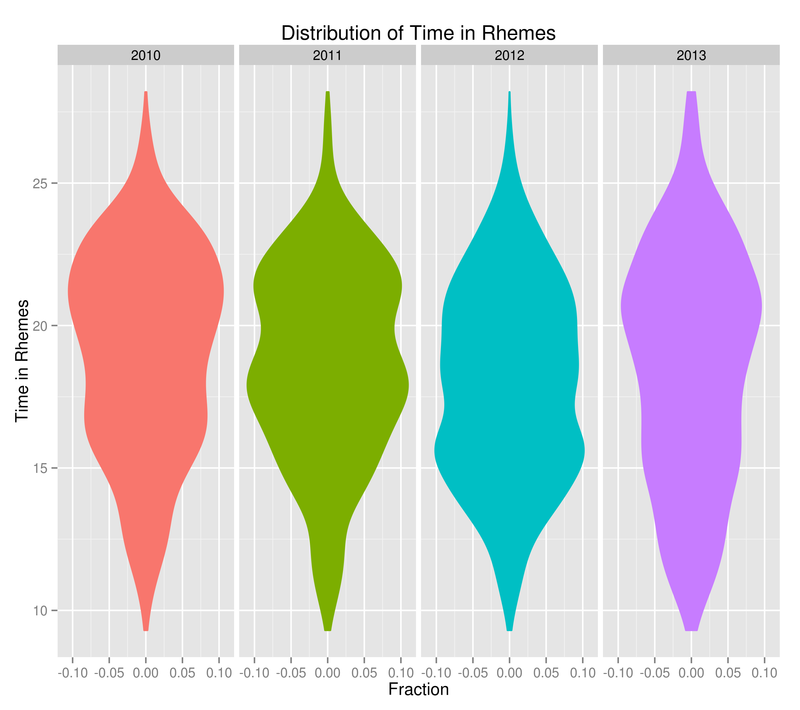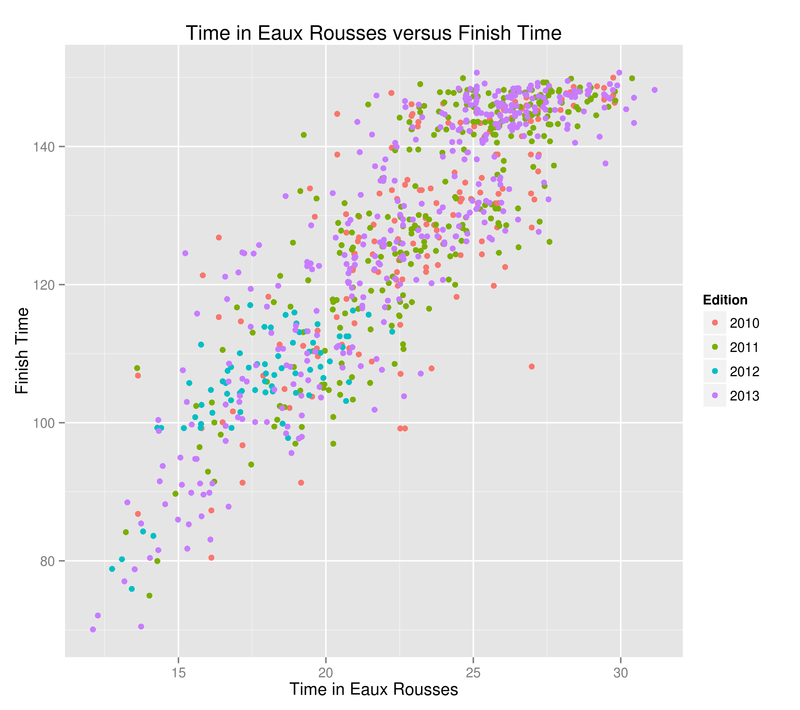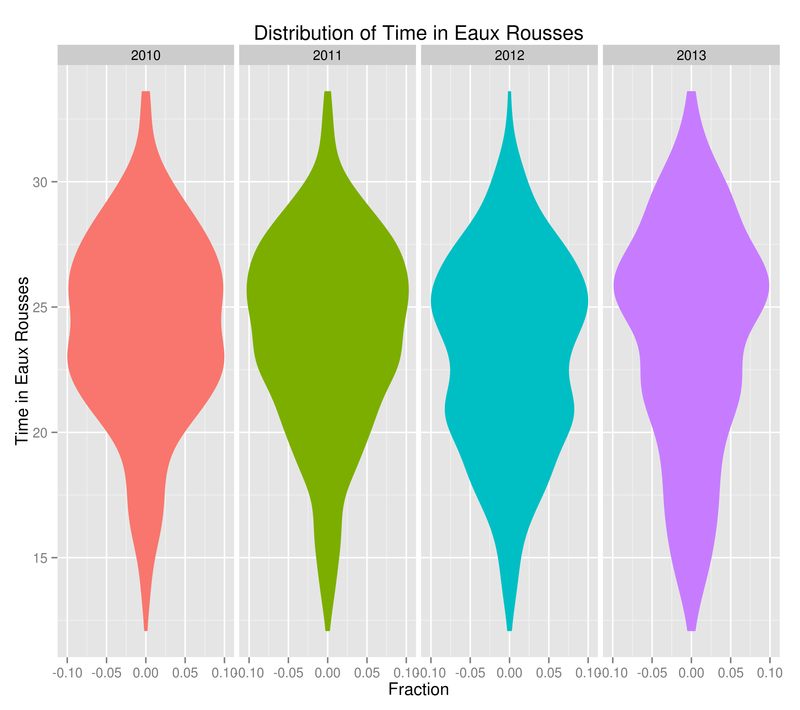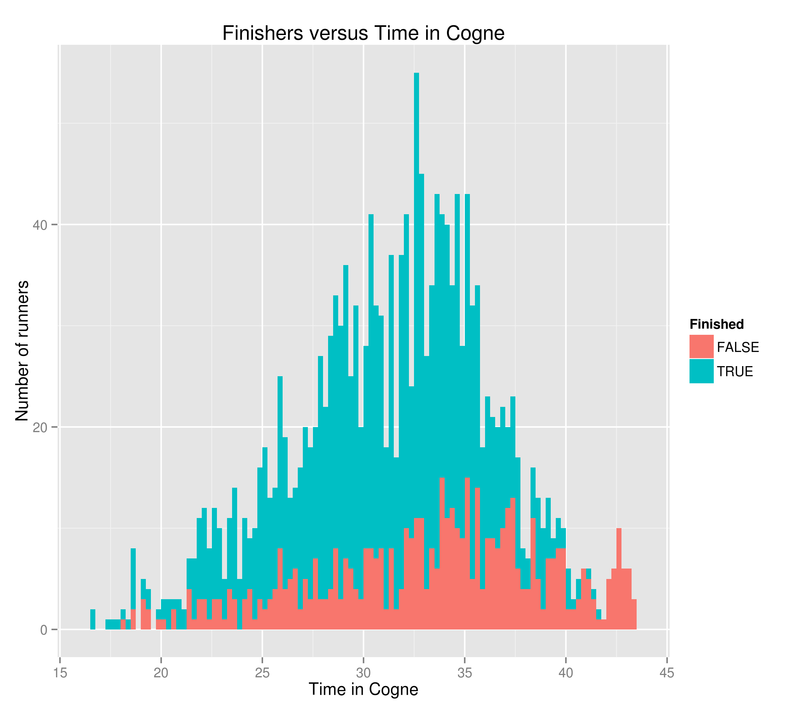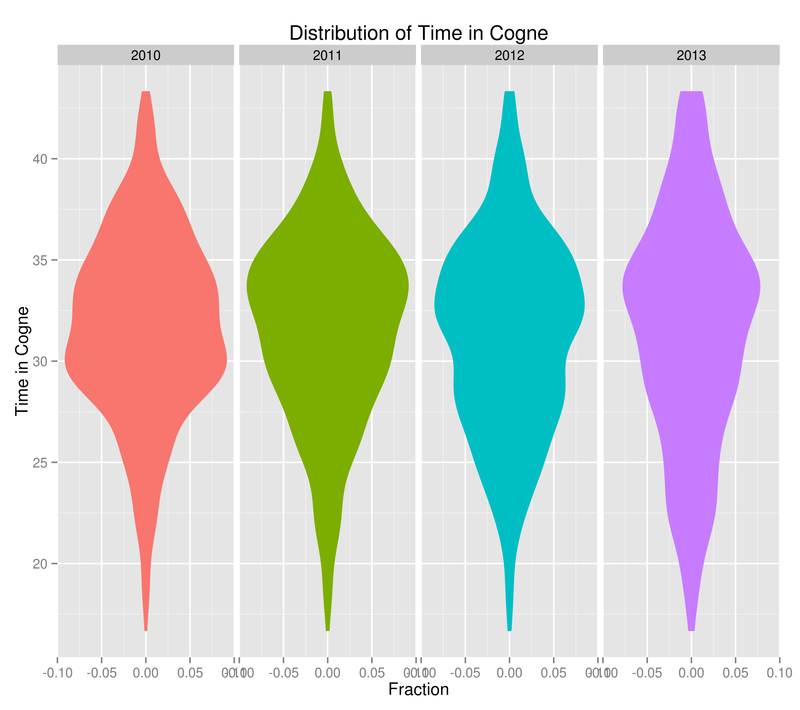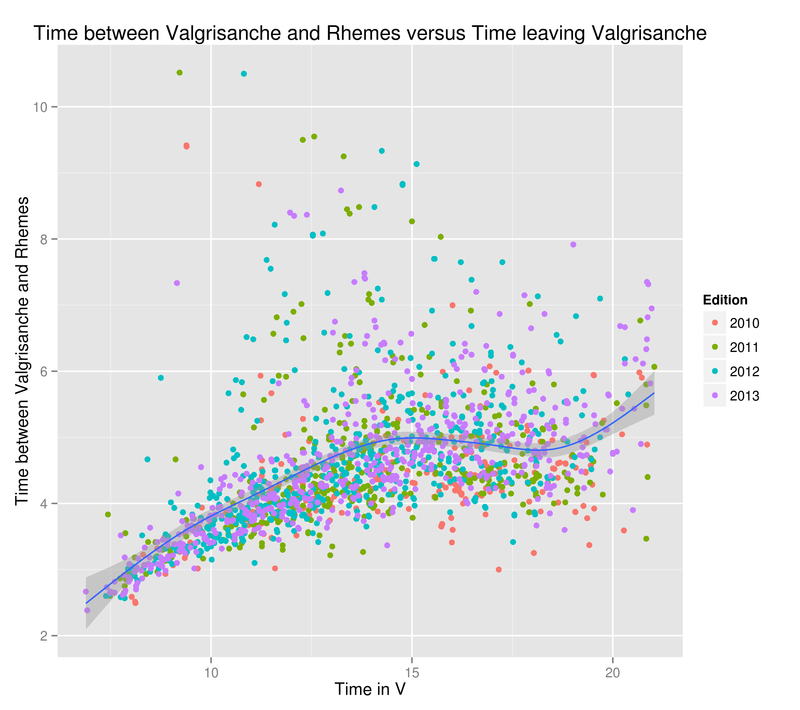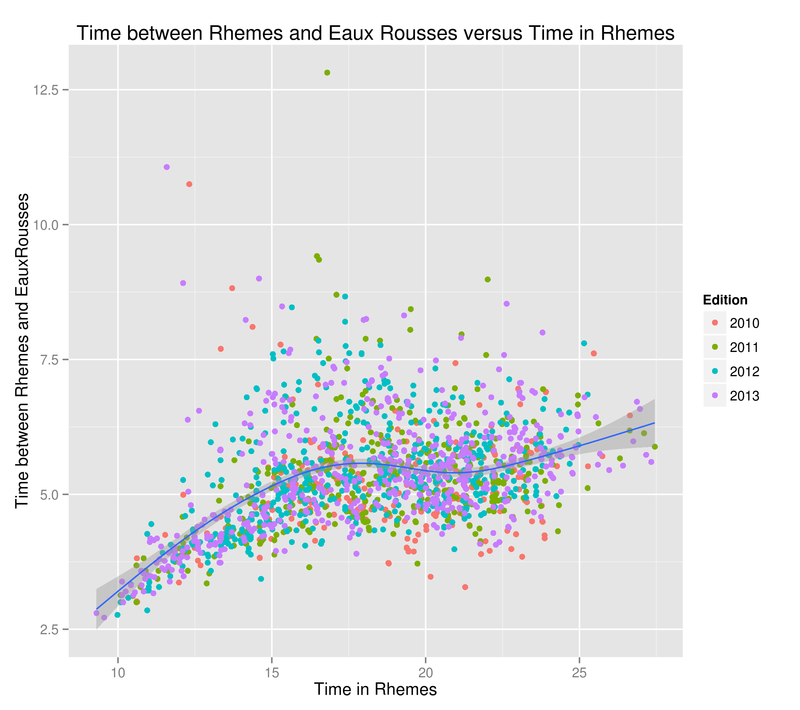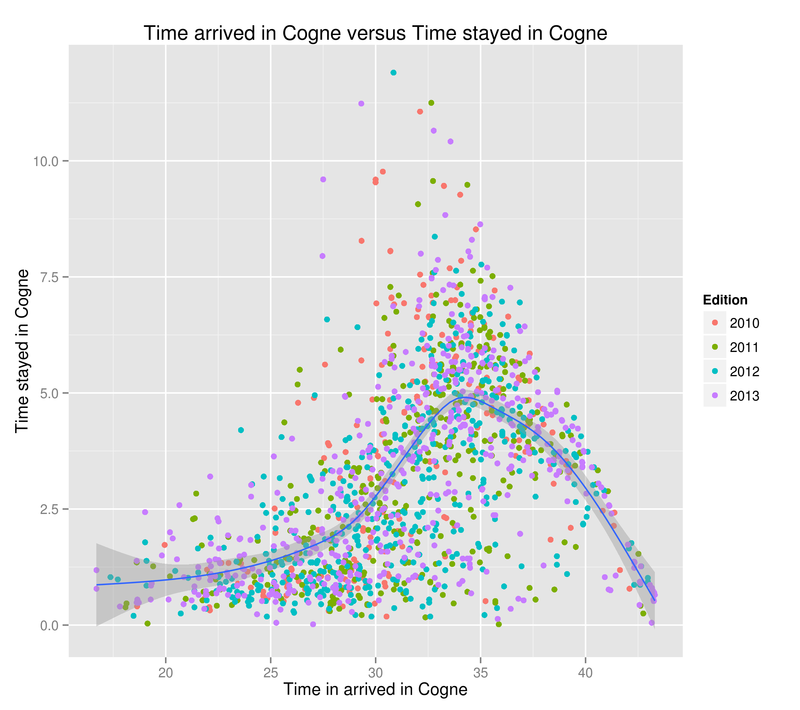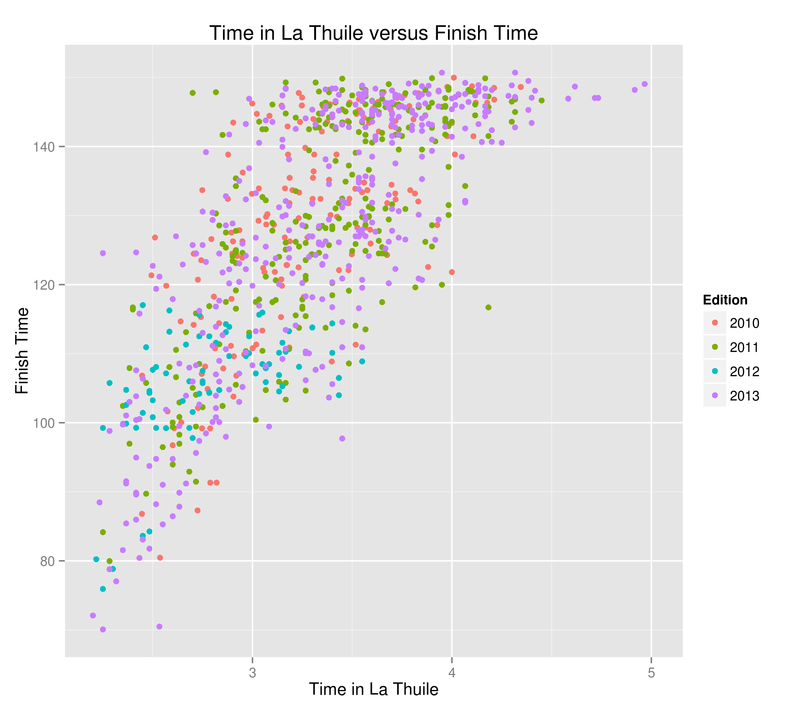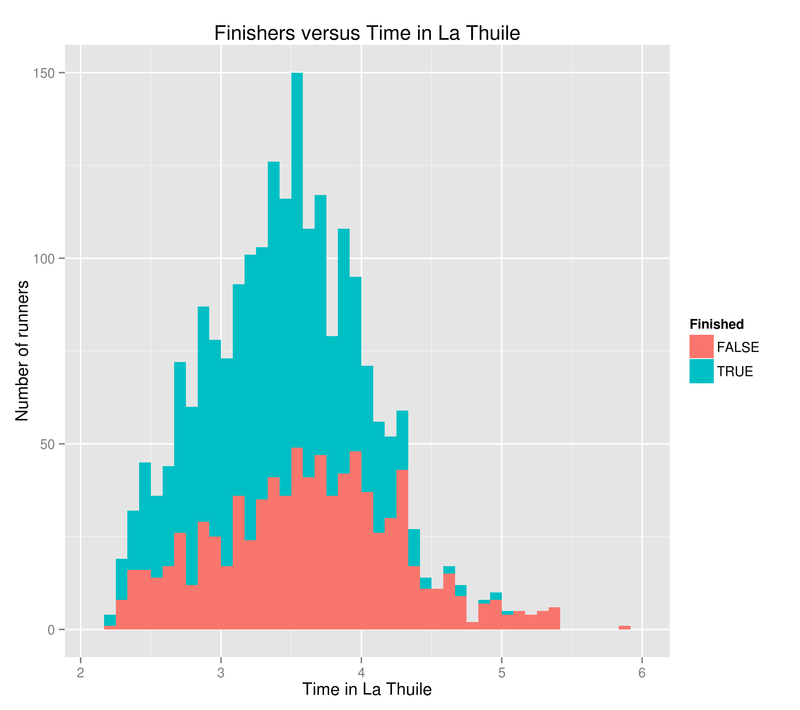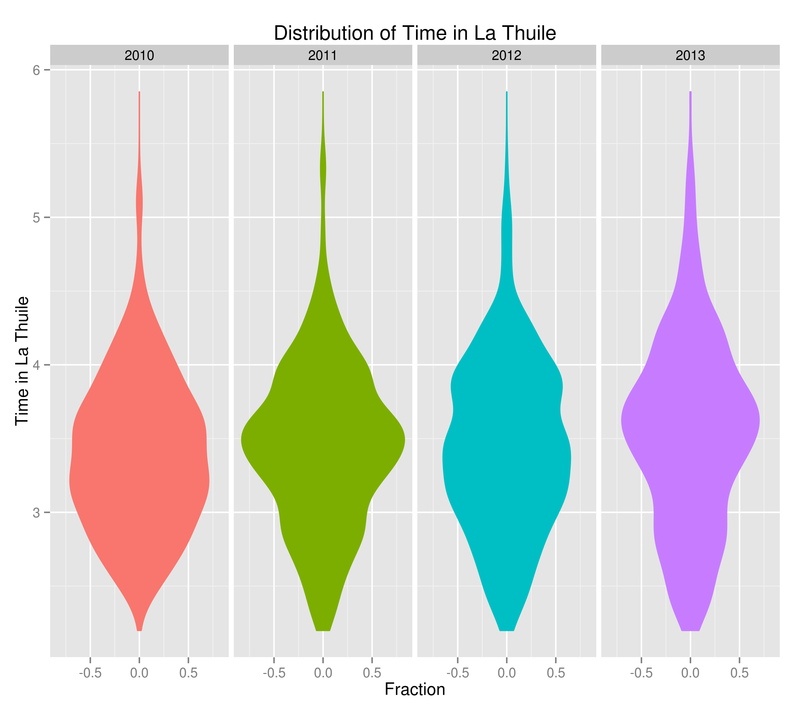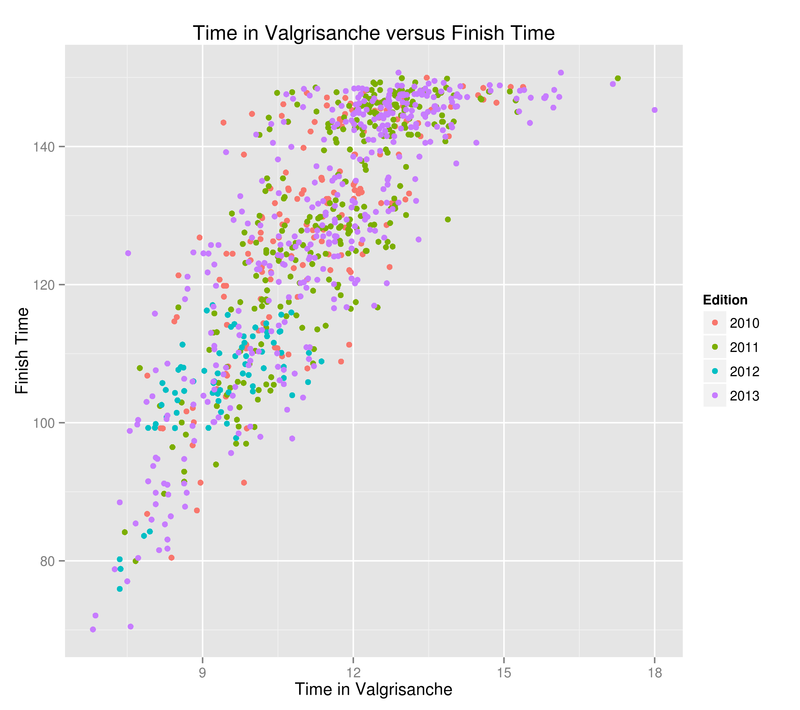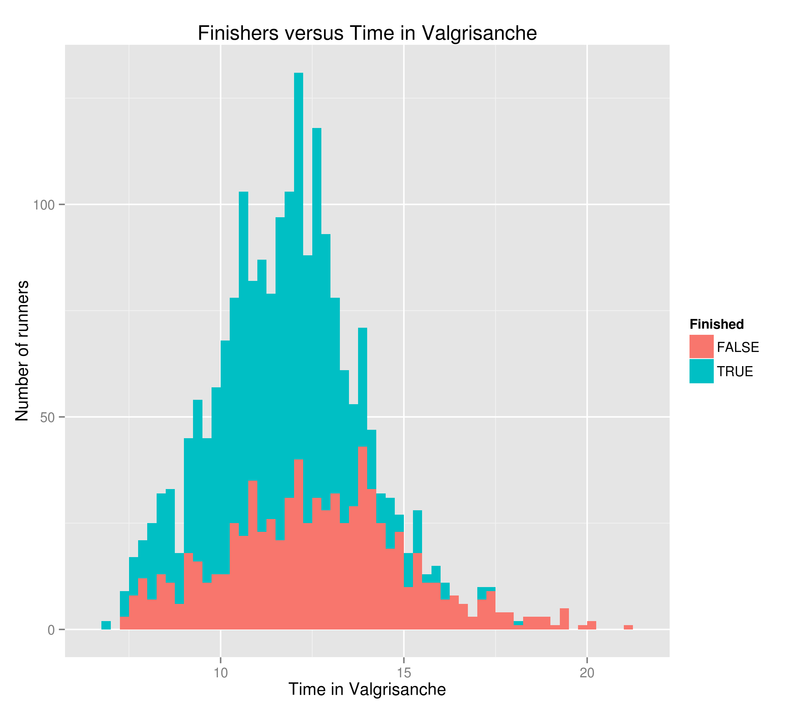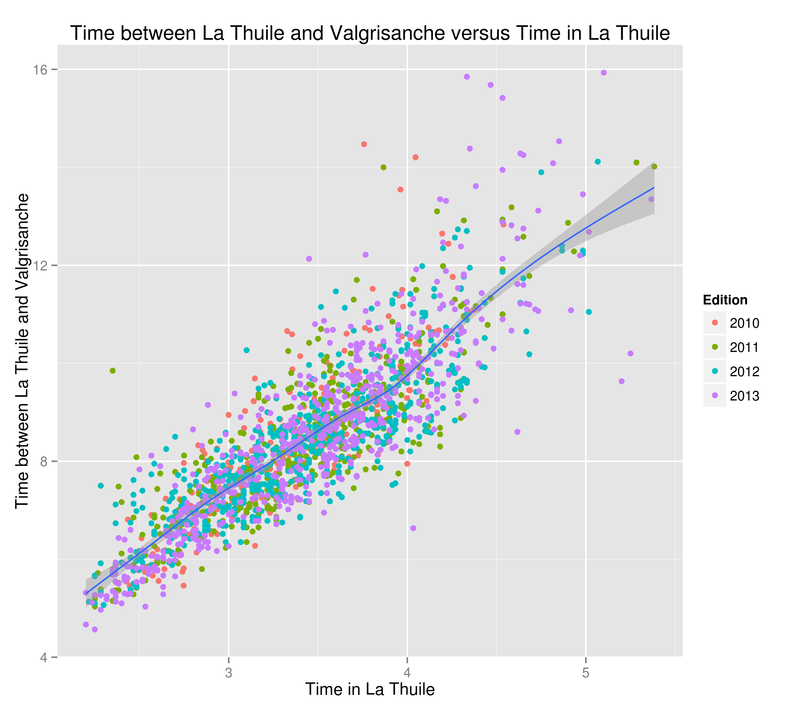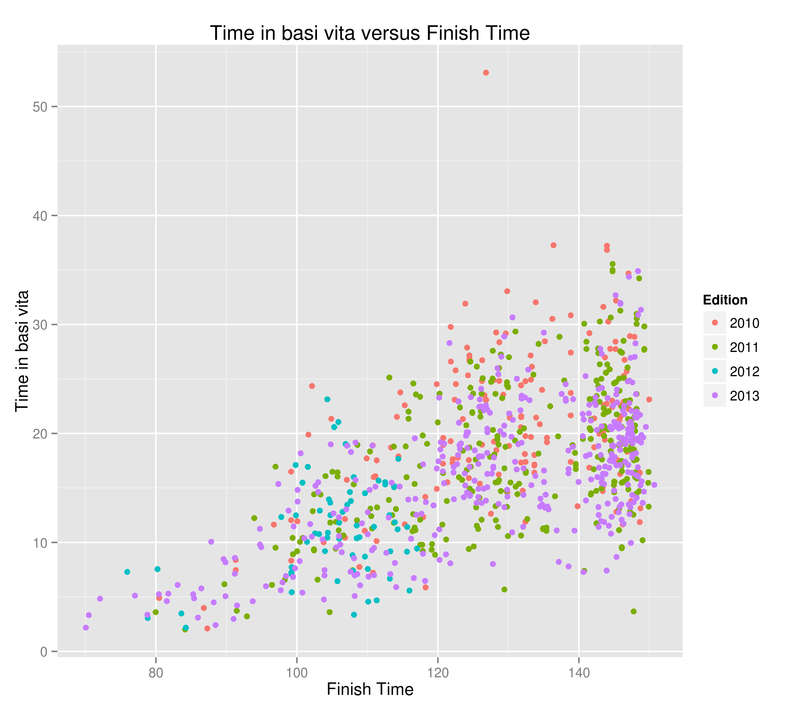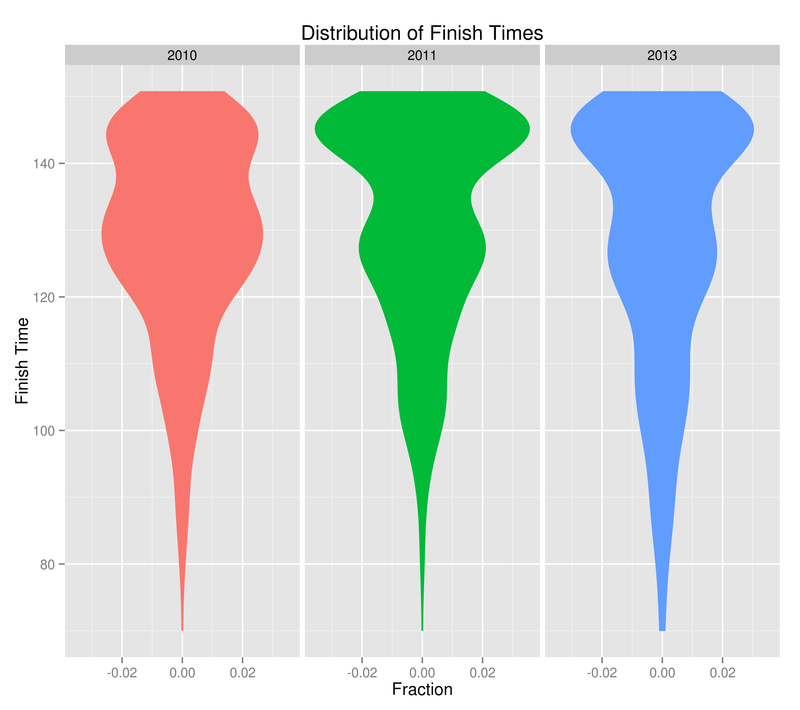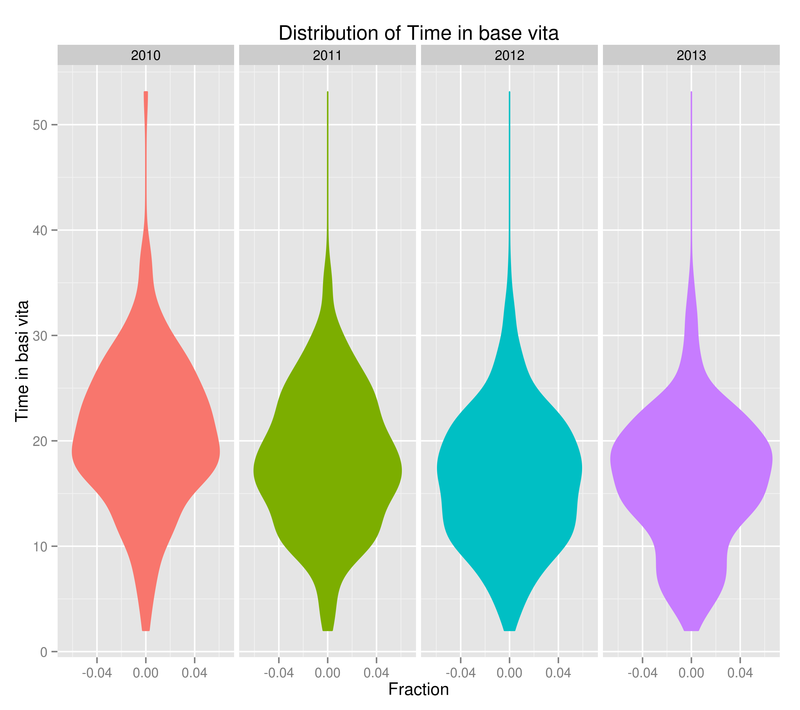In oktober nam ik nog eens een voor mij atypisch wedstrijdje mee. Samen met een paar ploegen van het werk liep ik mee tijdens de Ekiden in Brussel. Tijdens de weken voor de wedstrijd geraakte ik op training hoegenaamd niet vooruit. Het is dan ook niet te verwonderen dat ook tijdens de wedstrijd het op totaal niks trok bij mij. Over mijn stuk van tien kilometer deed ik net iets meer dan veertig minuten. Voor mij is dat bar slecht. Gelukkig beginnen mijn trainingstijden sindsdien terug de goede richting uit te gaan. Over het globale resultaat van onze ploegen kan ik dan wel weer tevreden zijn. We stonden er met drie ploegen van elk zes man wat voor een bedrijf met een dikke honderd werknemers een erg mooi aantal is.
Gelukkig was er ook nog een uitstapje waarover ik wat kan vertellen. Dat ging richting Italië en dan meer bepaald naar Lecco. Lecco is een schitterend gelegen stadje. Aan de ene kant ligt het tegen het Comomeer en aan de andere kant rijzen er steile bergen op. Het is dan ook nog eens gemakkelijk en voor een appel en een ei te bereiken. Ik begon met een pad aan de noordkant van de stad. Dat begint breed met een paar ruime zigzagbochten, maar al snel is het recht omhoog de helling op en moet je op handen en voeten klauteren over de rotsen. Dergelijke paden kunnen ze alleen in Italië verzinnen.
De hele tijd koos ik voor de weg omhoog tot ik op de top van een berg stond. Daar stond ik in de dichte mist en viel dus niks te zien. Ik probeerde een tijdje een pad te volgen dat van top naar top liep. Het probleem met de toppen daar is dat het van die loodrechte rotswanden zijn waar een simpele loper als ik niet op of af geraakt. Het pad was dan ook nog eens amper te vinden. Gelukkig waren een hier een daar wat kettingen aan de wanden bevestigd. Aan de ene kant maken die erg duidelijk hoe het pad loopt en langs de andere kant zou ik op sommige plaatsen nooit naar beneden geraakt zijn zonder.
Na een paar van de toppen koos ik toch voor een doorsteek doorheen het bos naar het hoofdpad dat een beetje lager rond de toppen gaat.
Dan ging het de vallei in en vatte ik de beklimming van de Grigne Meridionale aan. Er zijn een heel pak routes om naar te top te komen. Eentje daarvan is een doodgewone simpele wandelroute, de rest gaat richting alpinisme of bevat zelfs pure klimstukjes. Ik koos zo eentje dat wat vaag op alpinisme begint te lijken. In essentie volgt het gewoon een afwateringsgeul die recht omhoog loopt. Je moet gewoon van de ene rotsblok op de volgende klauteren en het komt wel in orde. Veel verloren lopen kan je er niet doen. Tegen de avond stond ik toch helemaal boven. De wolken die me een groot deel van de dag in de mist hielden bleken tot op ongeveer 1500 meter hoogte te hangen. Als de top boven de tweeduizend meter hoog is wil dat zeggen dat je kan rondkijken over die wolken waar hier en daar een topje uitsteekt.
Ik begon nog aan de Traversa Alta richting Grigne Settentrionale. Ergens halverwege stopte ik om mijn slaapzak uit te rollen. Ik vond een schitterend plaatsje op een strook van een meter breed met aan de ene kant van mij struikjes en aan de andere kant een afgrond. Vanuit mijn slaapzak had ik een schitterend uitzicht hoe bij het licht van de ondergaande zon de wolken onder mij omheen de rotspijlers kolkten.
In de ochtend liep ik verder naar de Grigne Settentrionale. In het begin kwamen daar nog wat klauterstukjes bij kijken maar zeker niets dat te vergelijken viel met de acrobatie van de dag tevoren. Zeker eens je op het pad komende van Pasturo komt is het een doodgewoon wandelpad. Op de top had ik een schitterend uitzicht over de wolken. Je kan er helemaal rondkijken naar de Gran Paradiso, Matterhorn, Jungfrau, Bernina…
Daarna volgde ik nog een tijdje de kom tot ik terug onder de wolken moest dalen. Ik had geen zin om mijn schitterende uitzicht kwijt te geraken, dus bleef ik wat op hoogte hangen. Uiteindelijk moest ik er natuurlijk toch voor zorgen dat ik mijn vliegtuig niet zou missen. Ik liep dan maar omlaag de wolken in om in Mandello op de trein te stappen.


